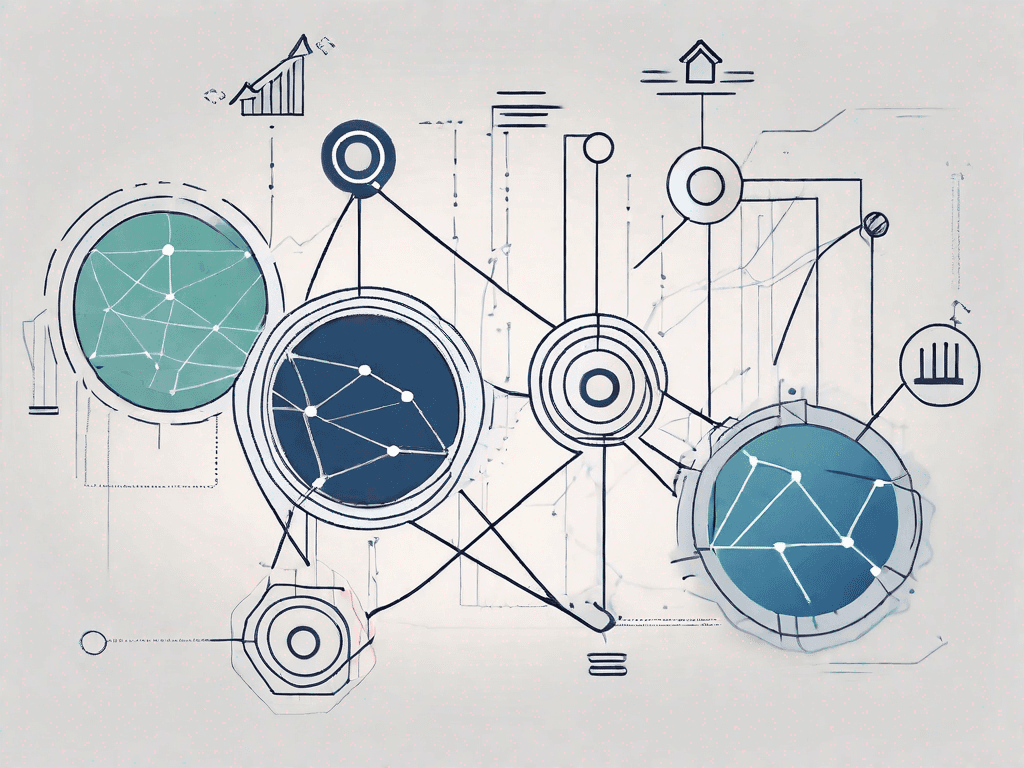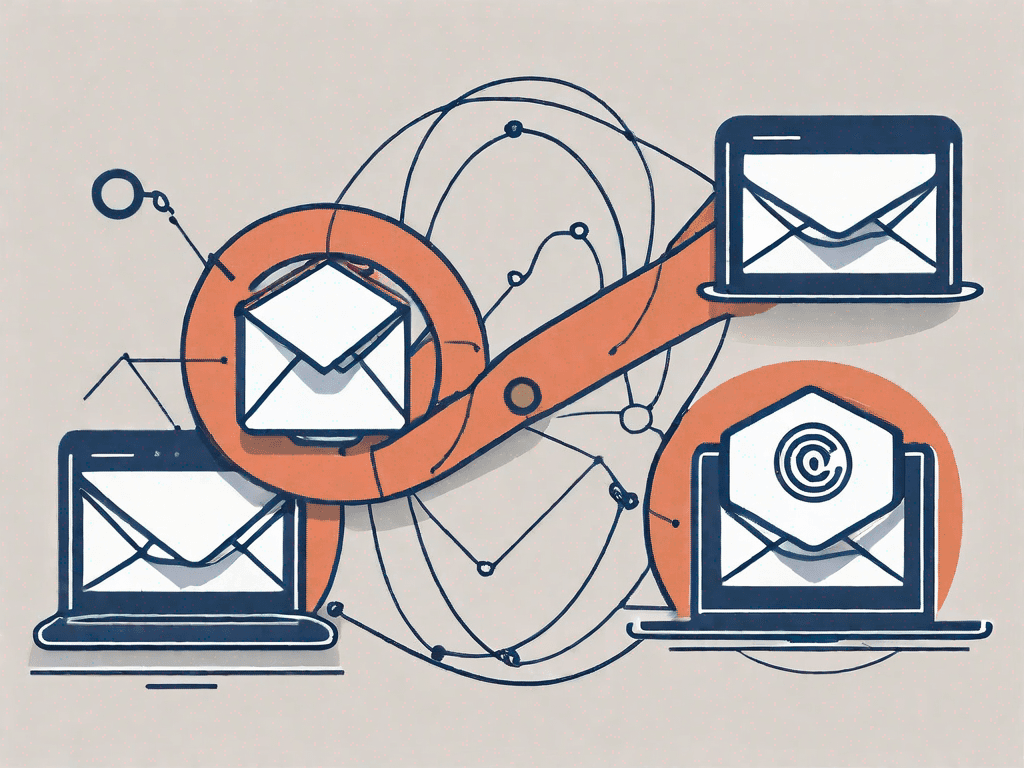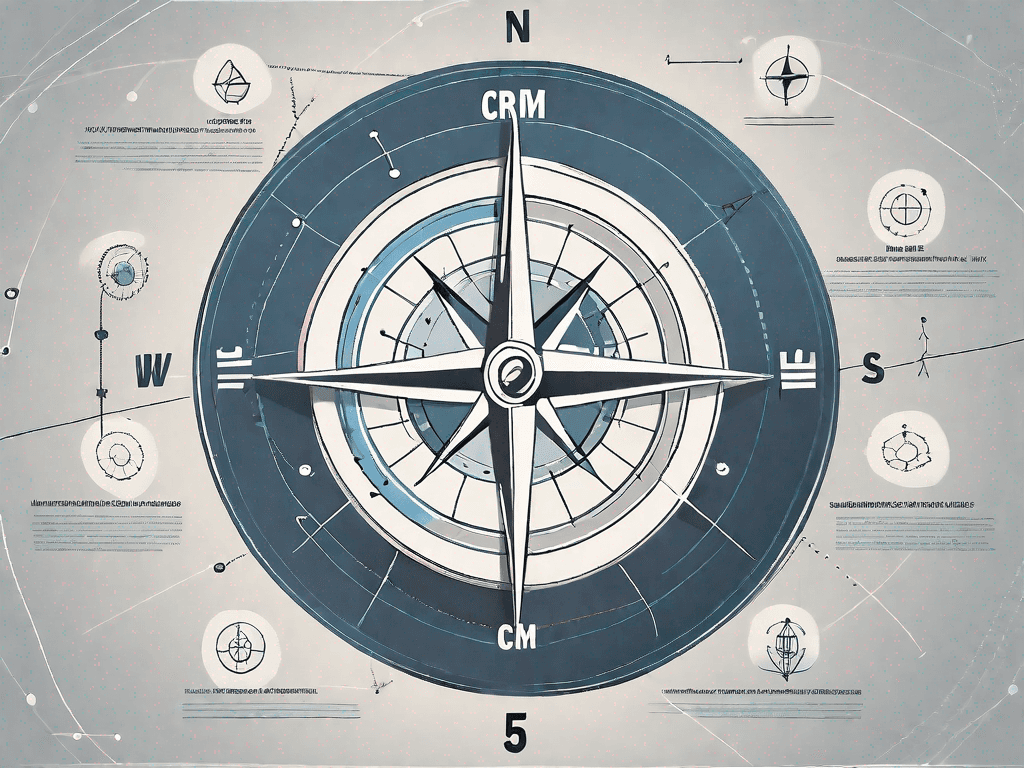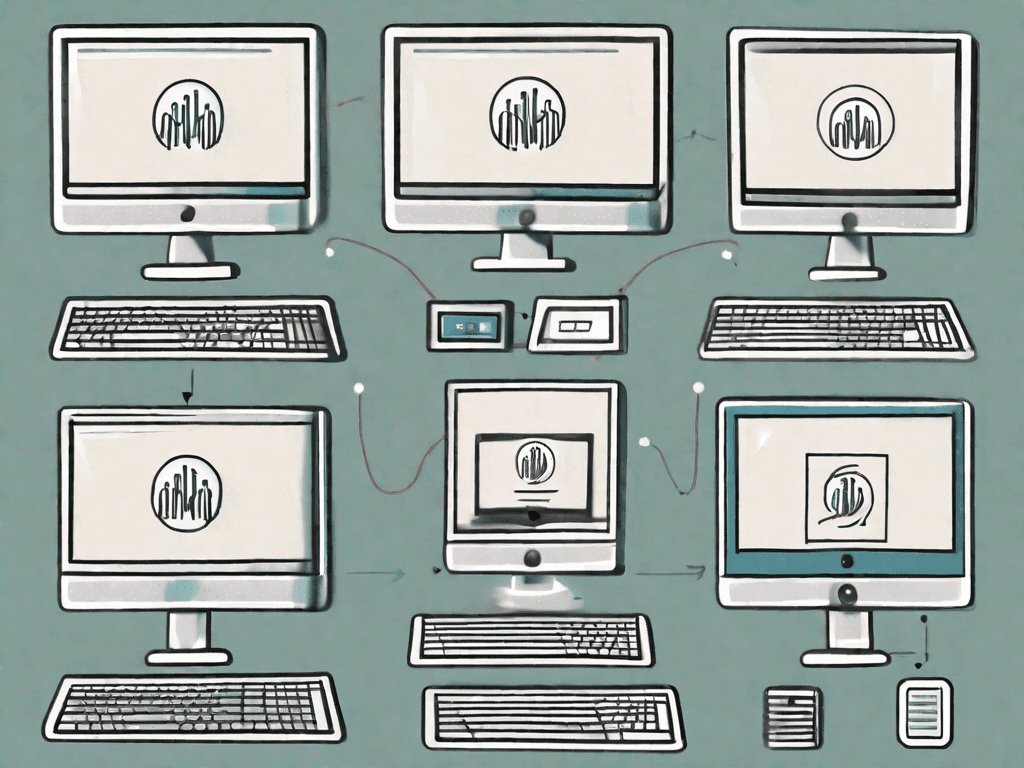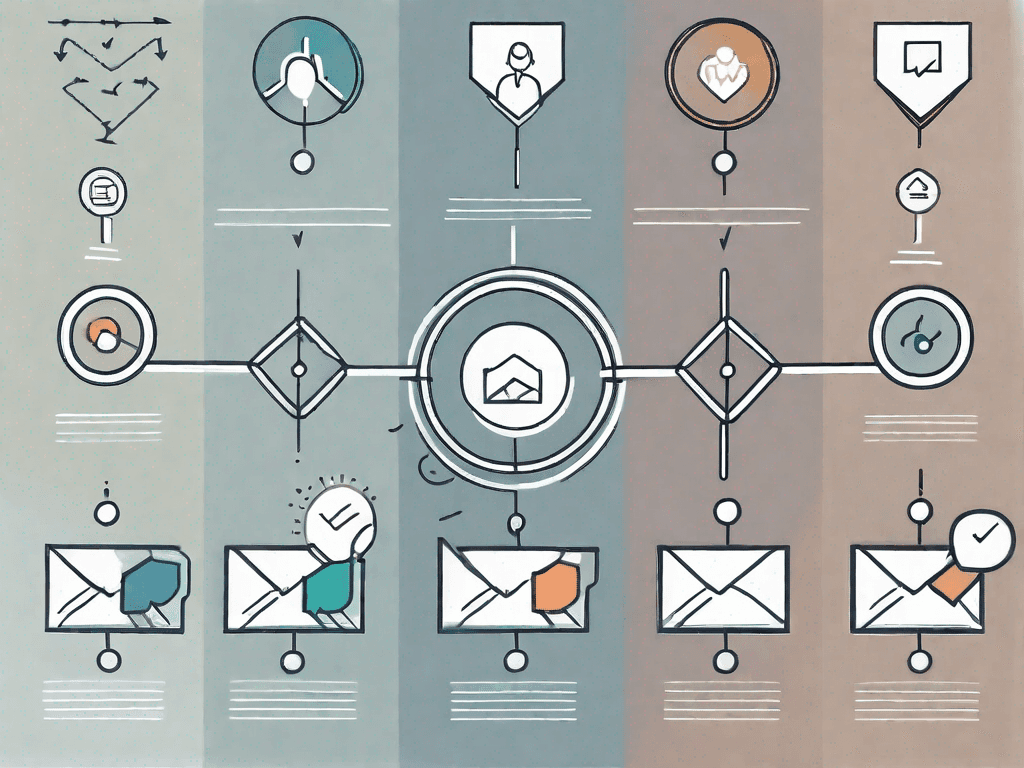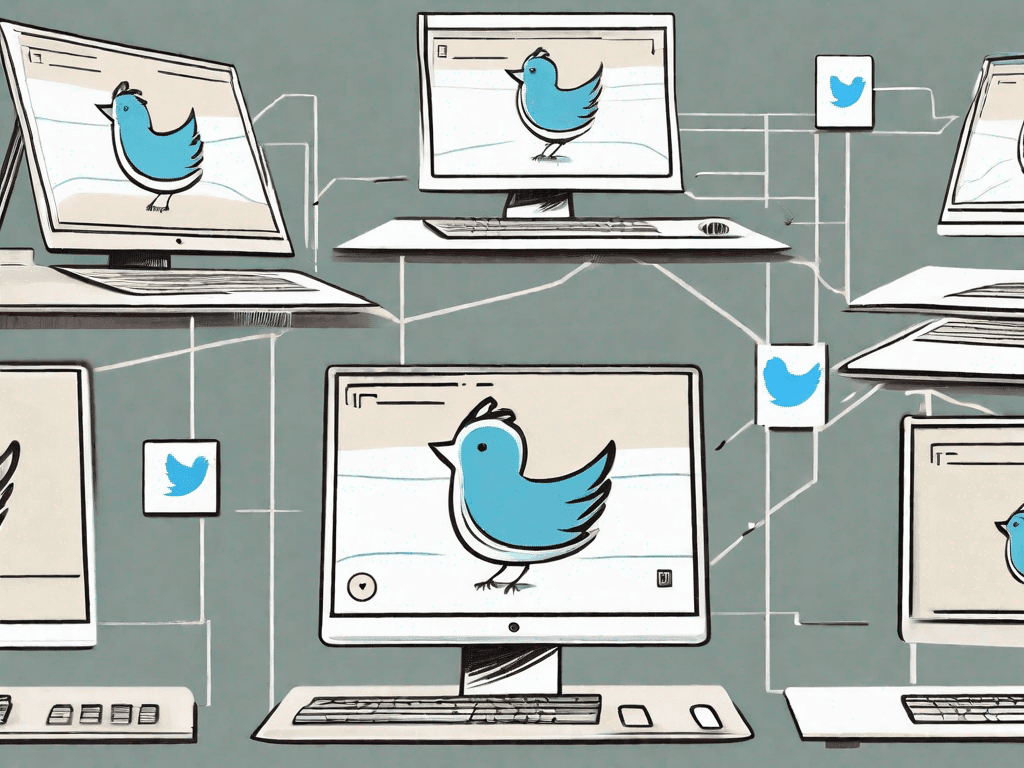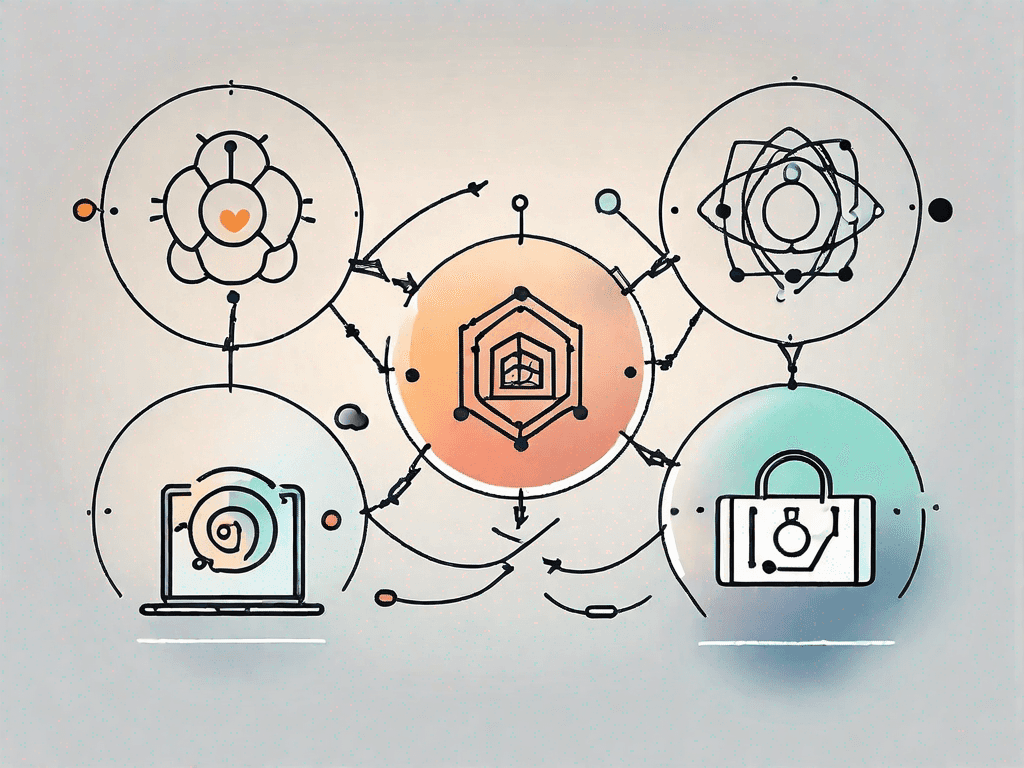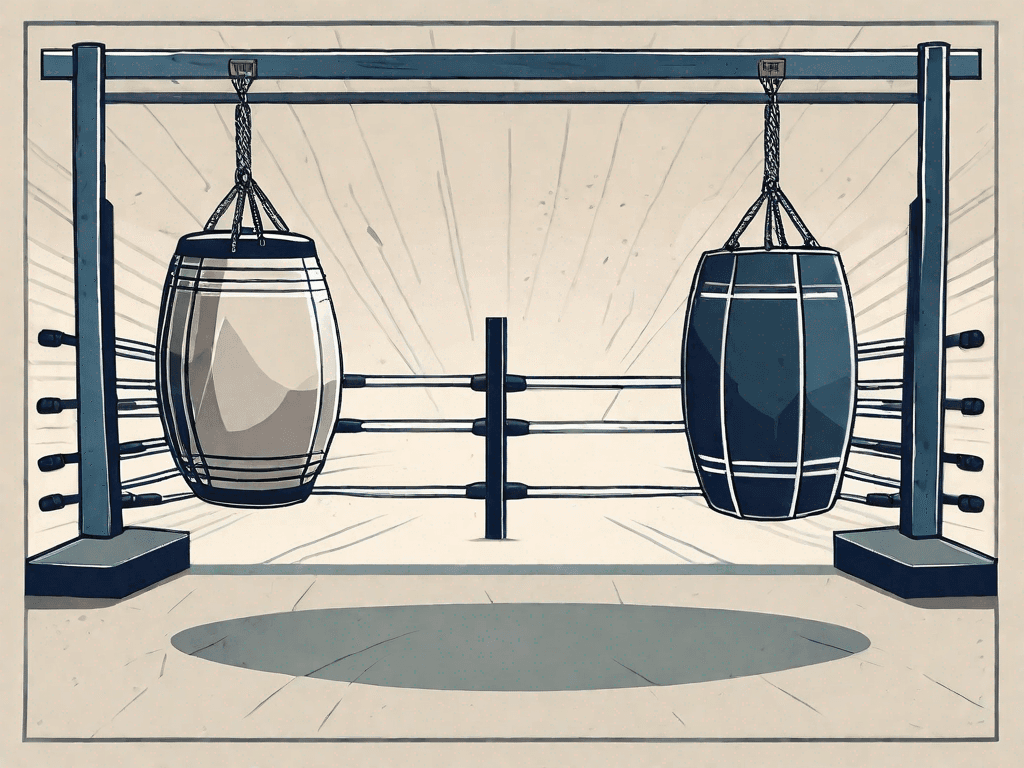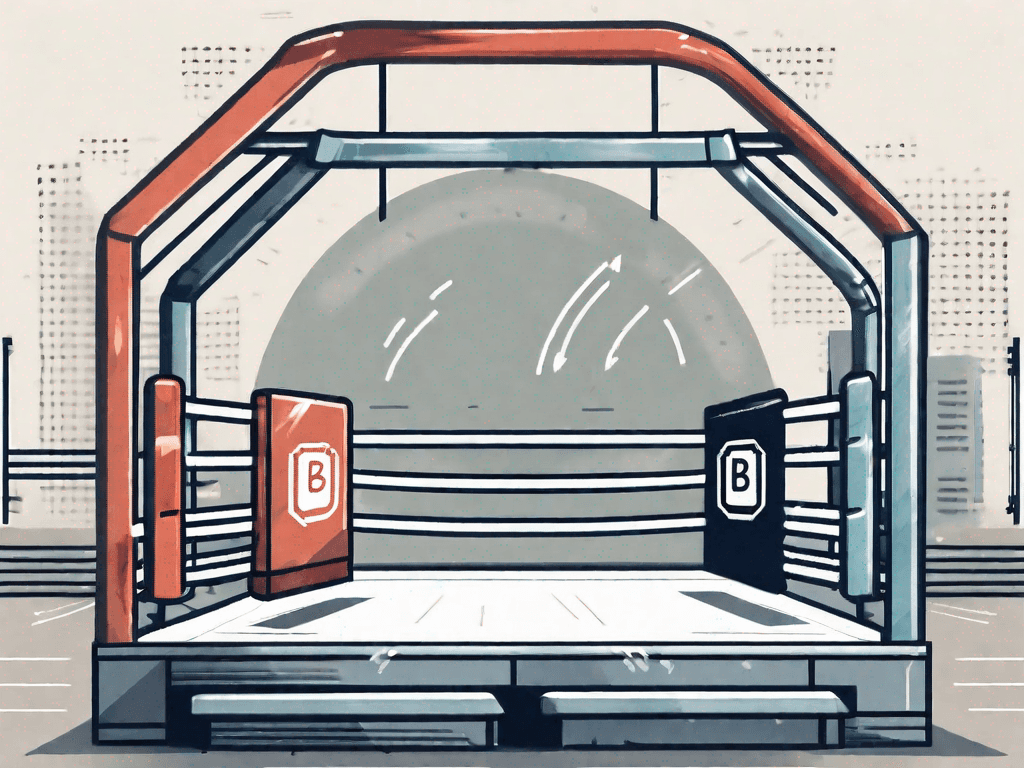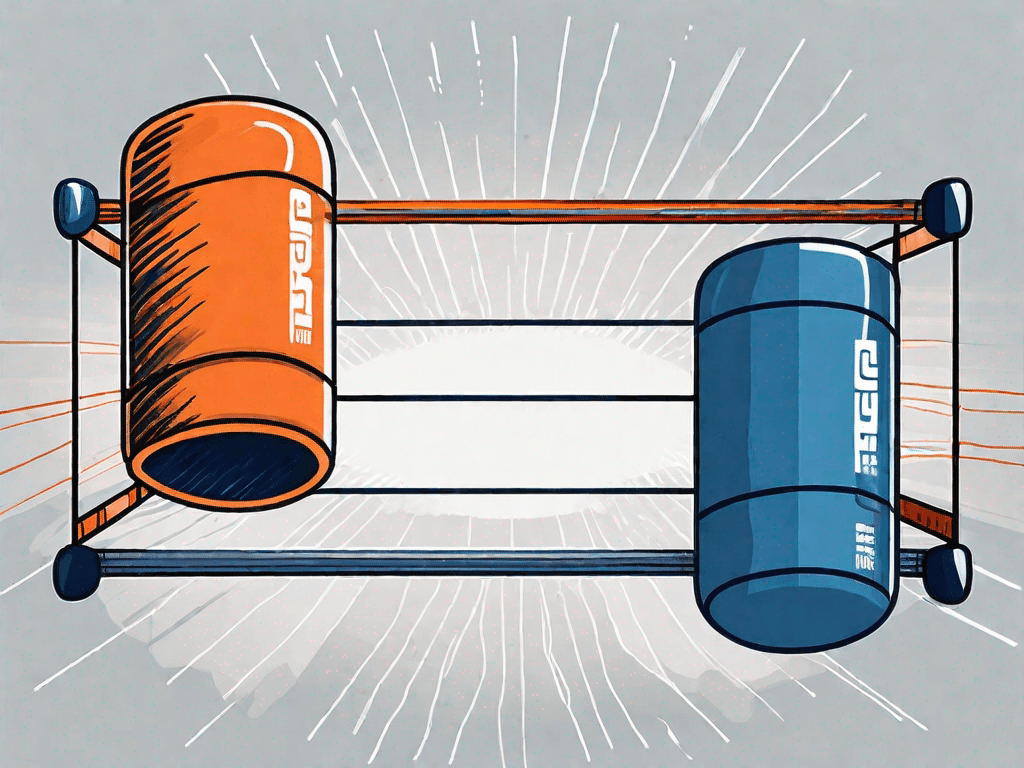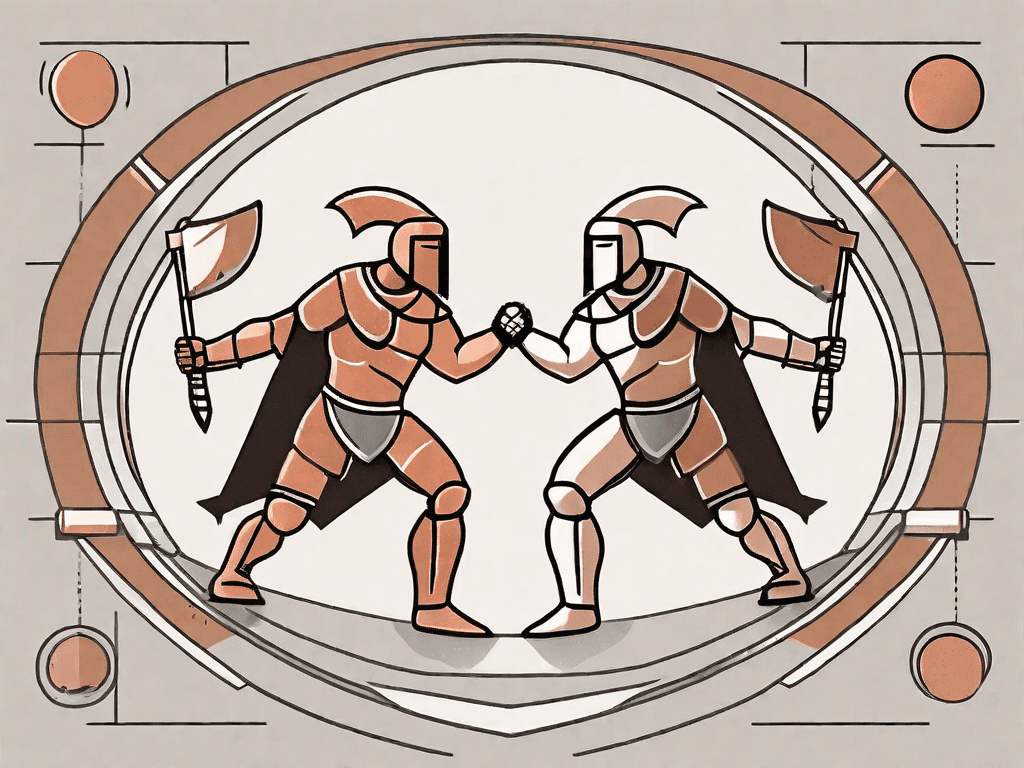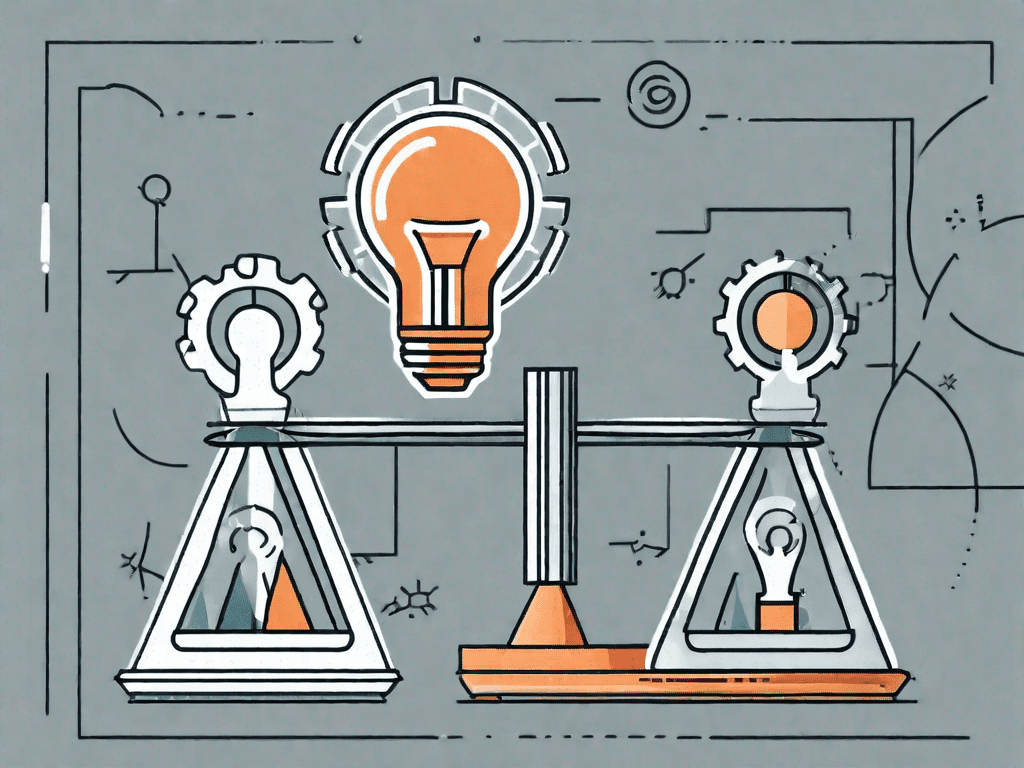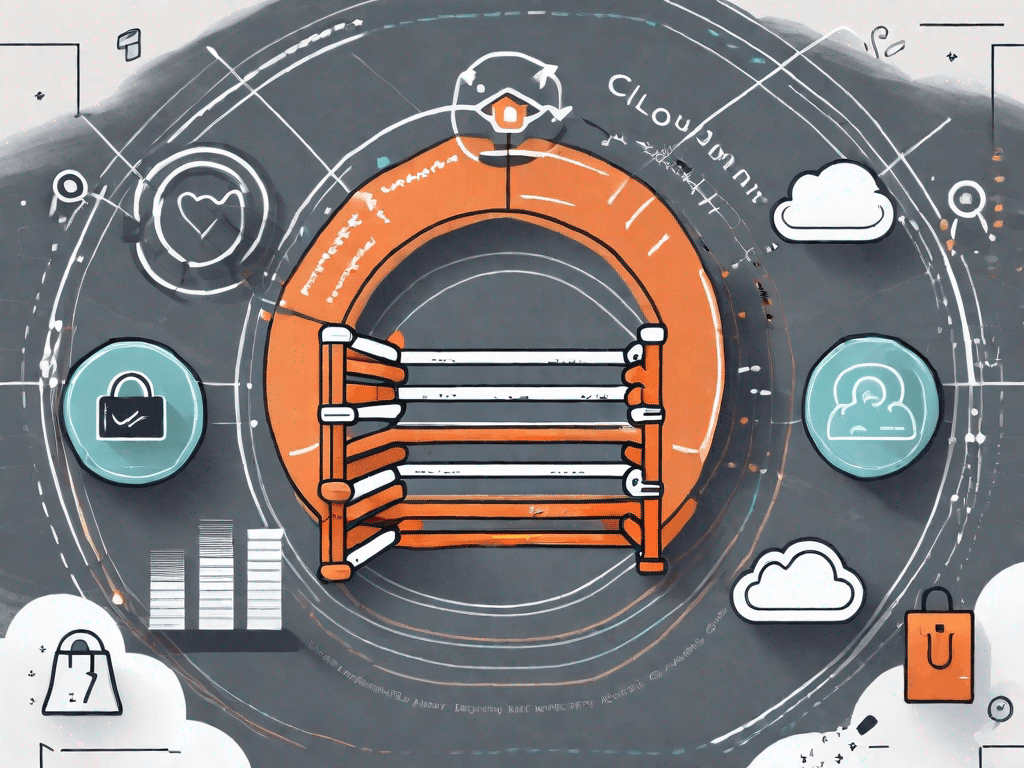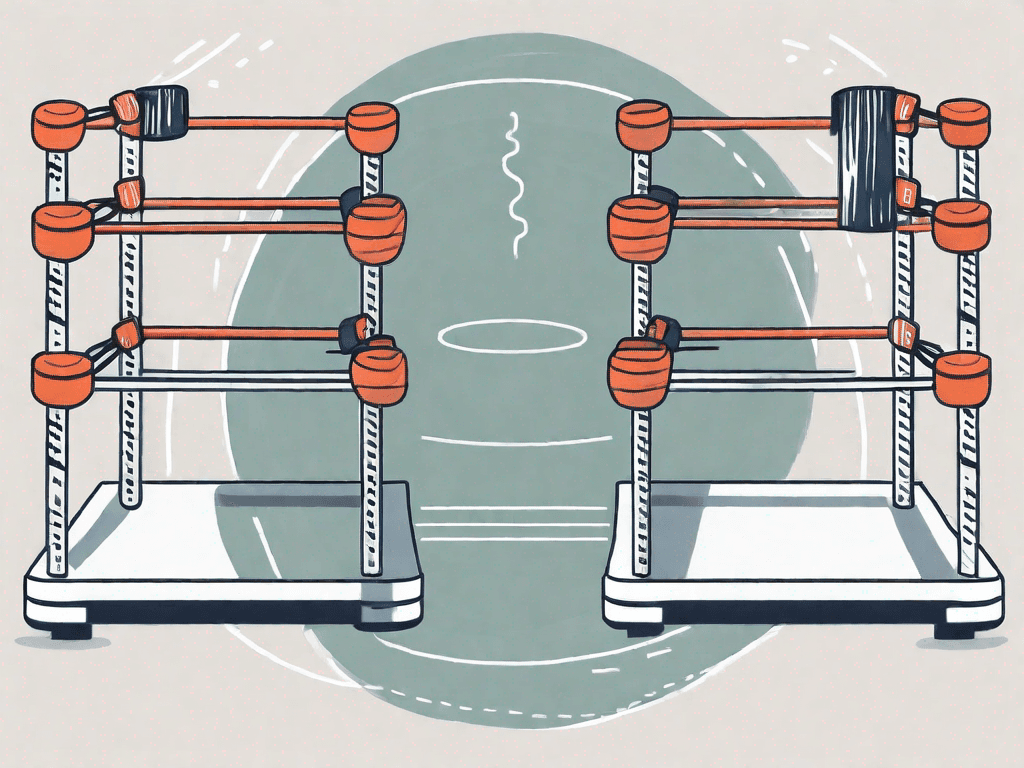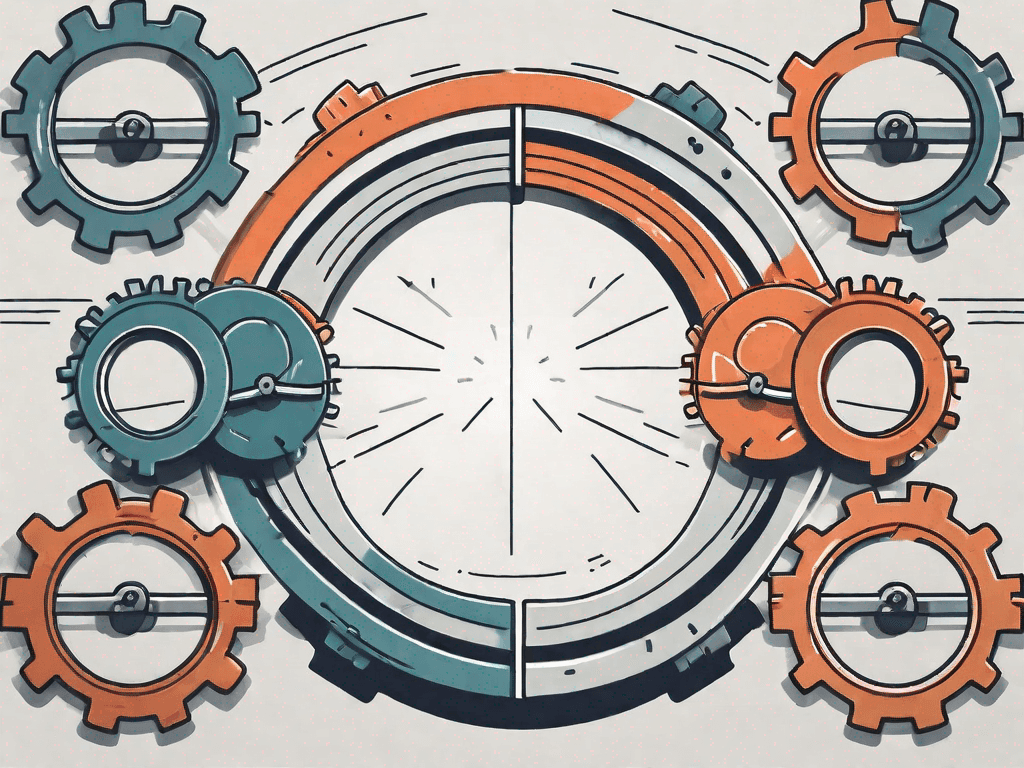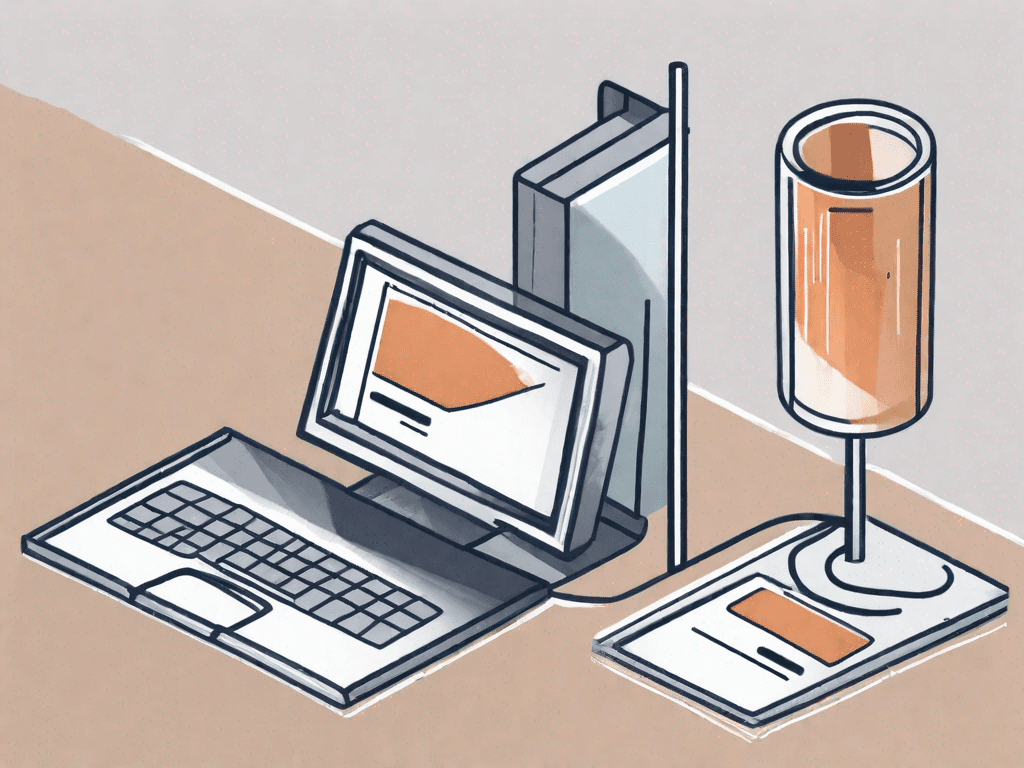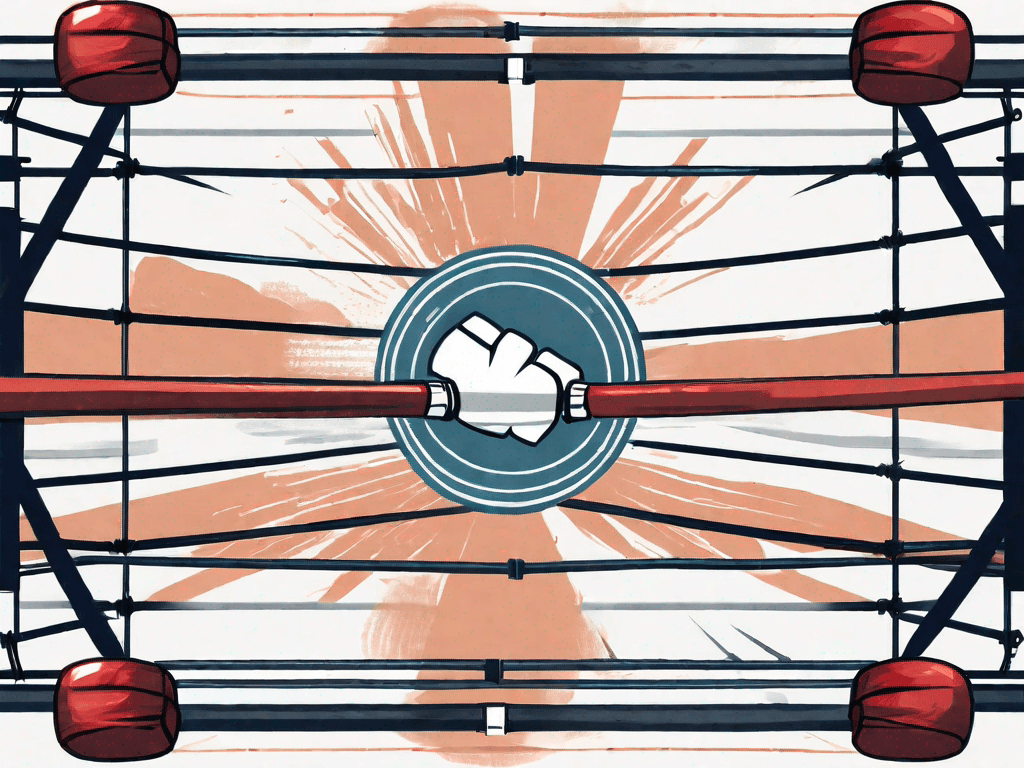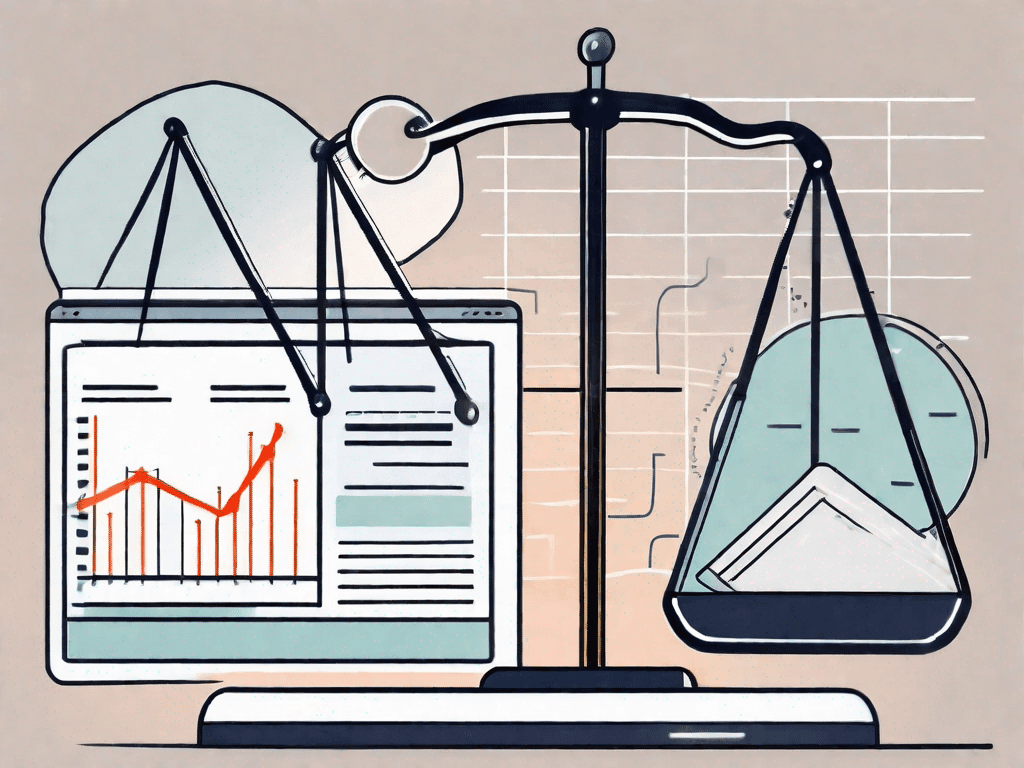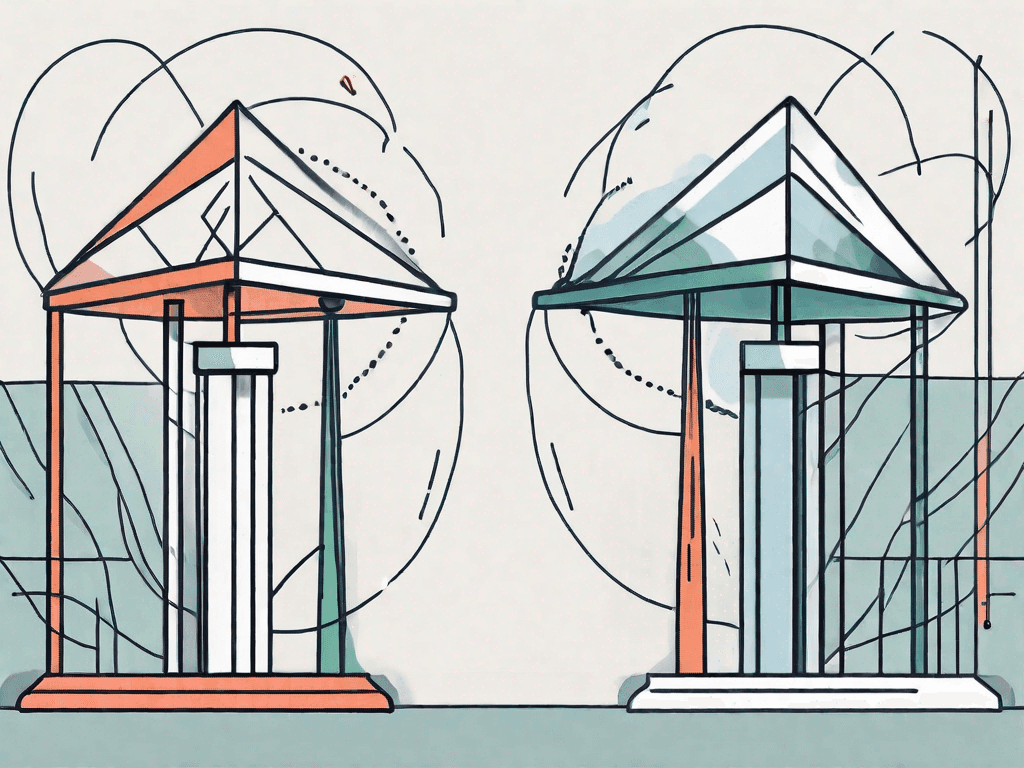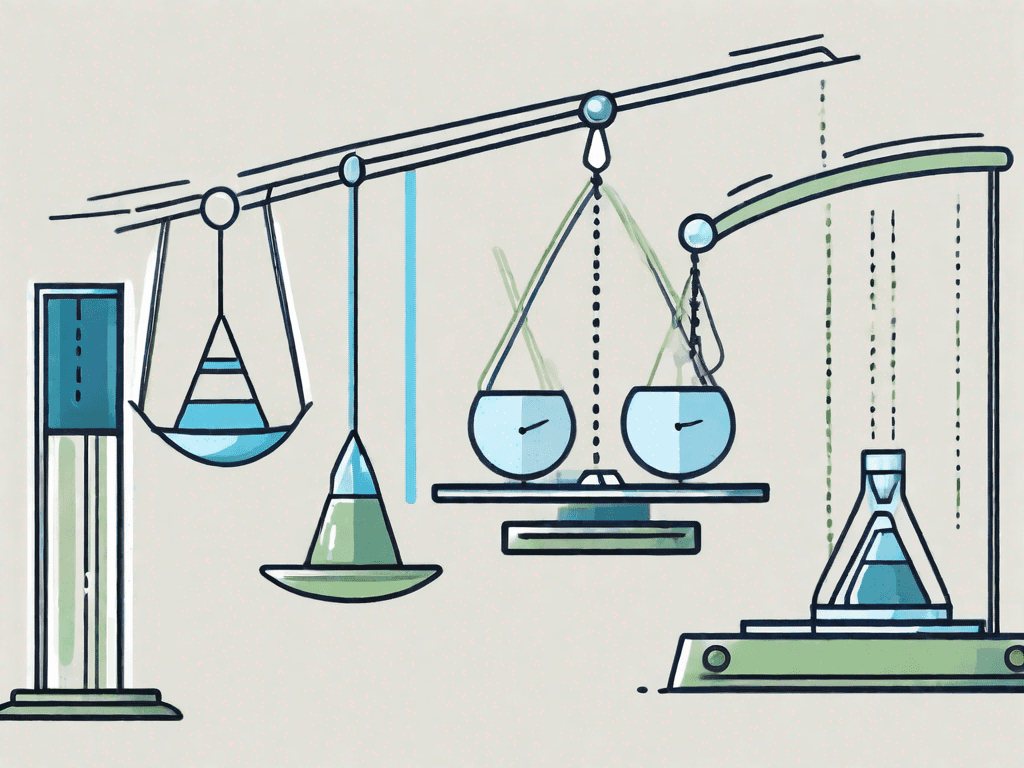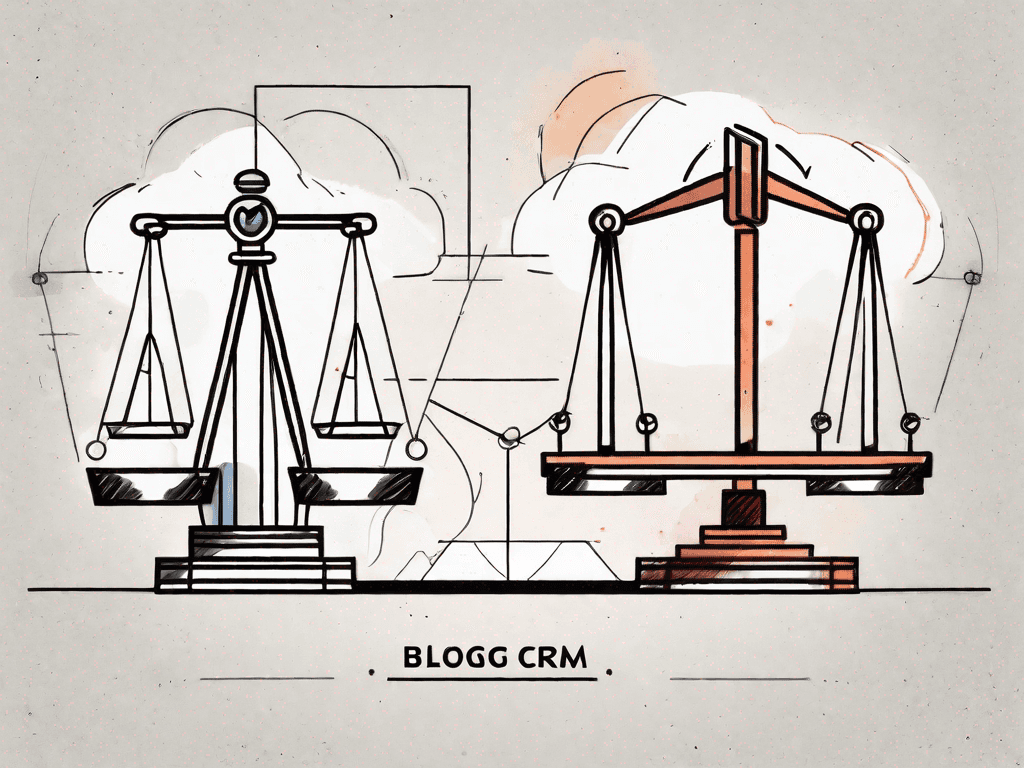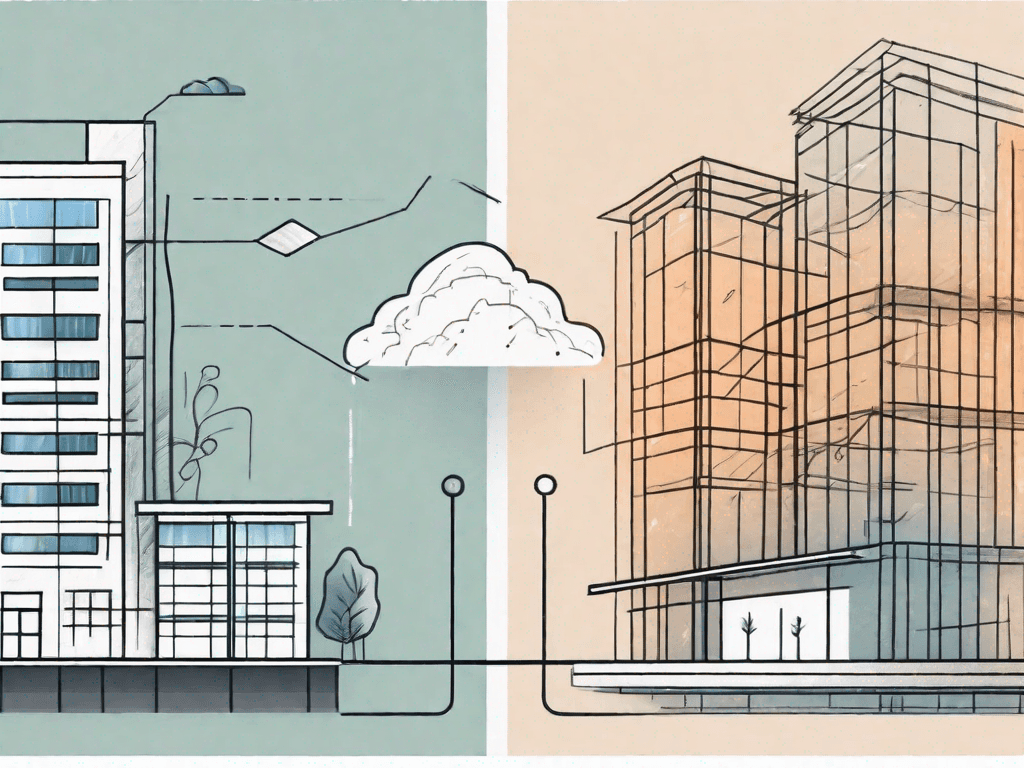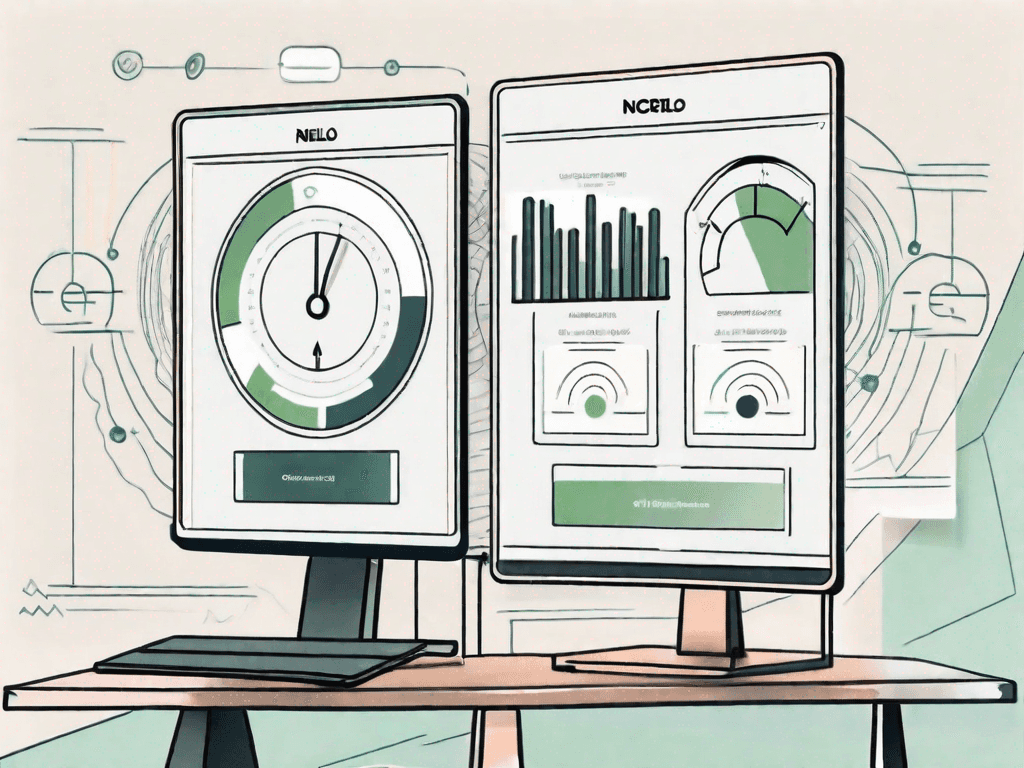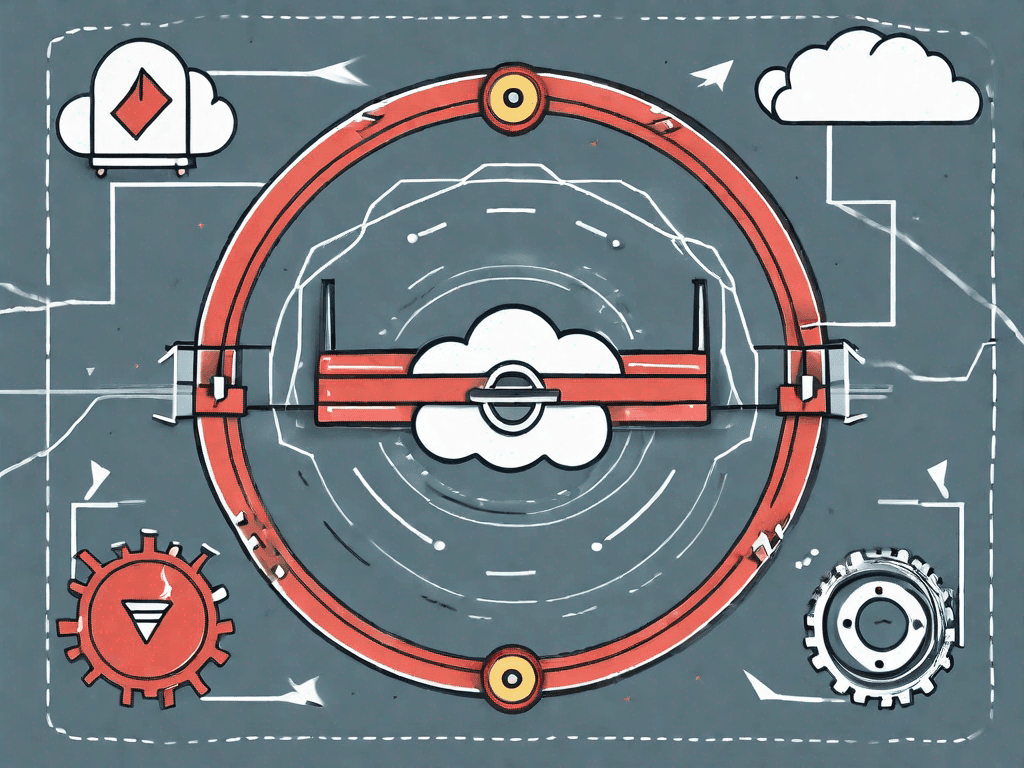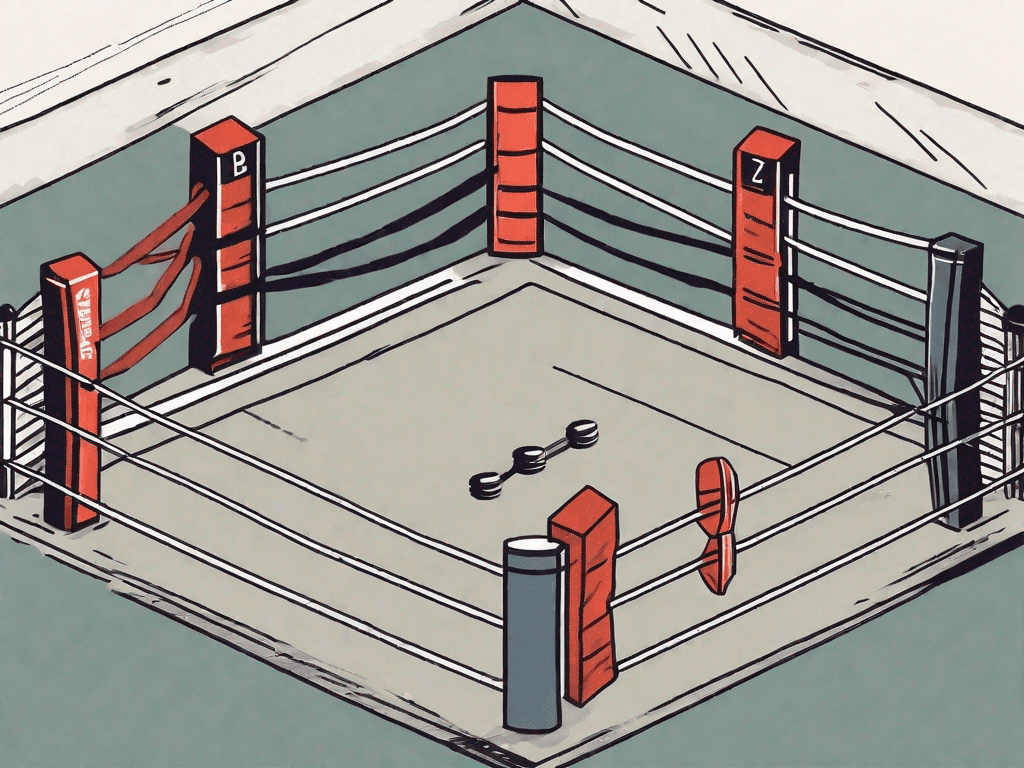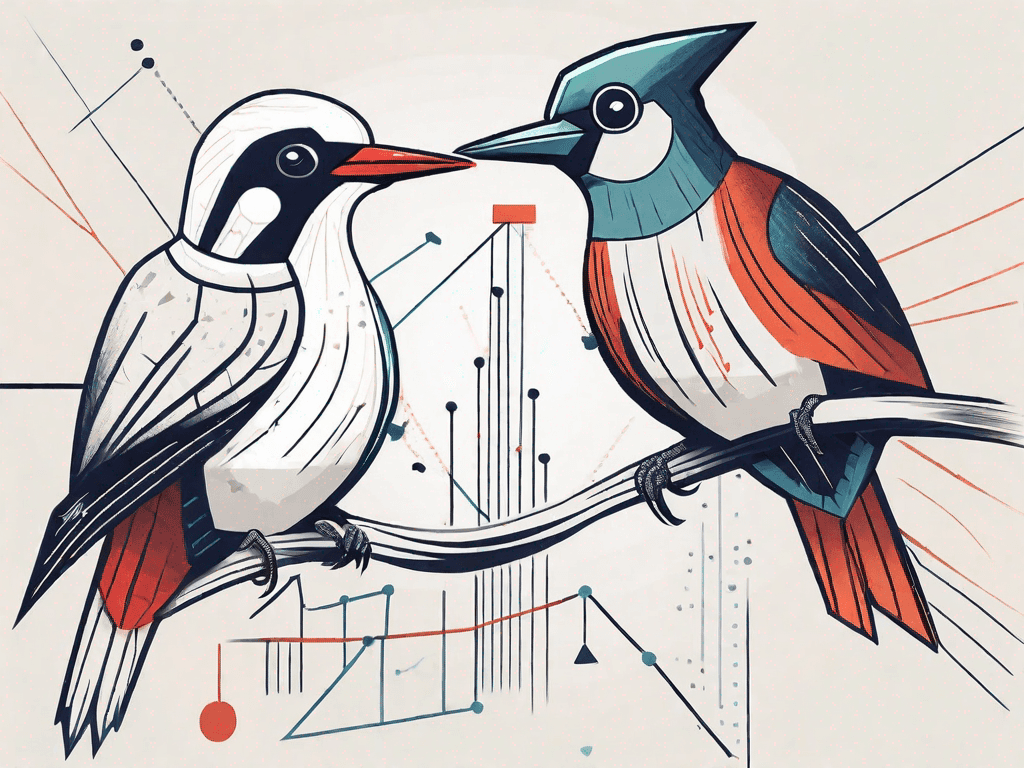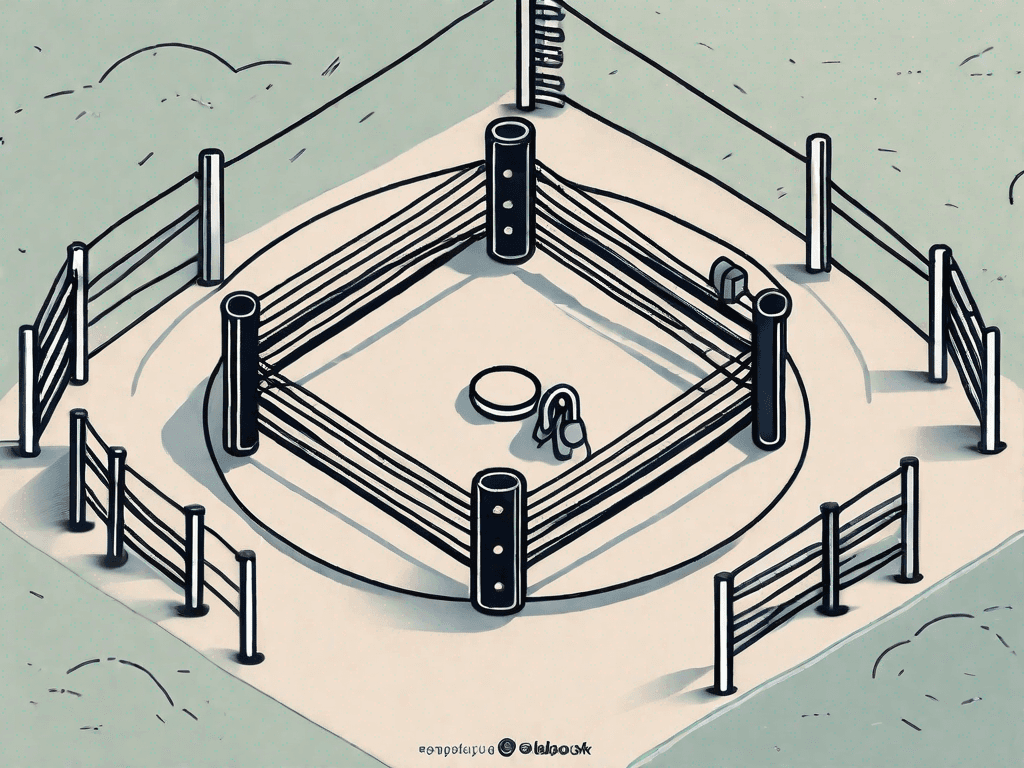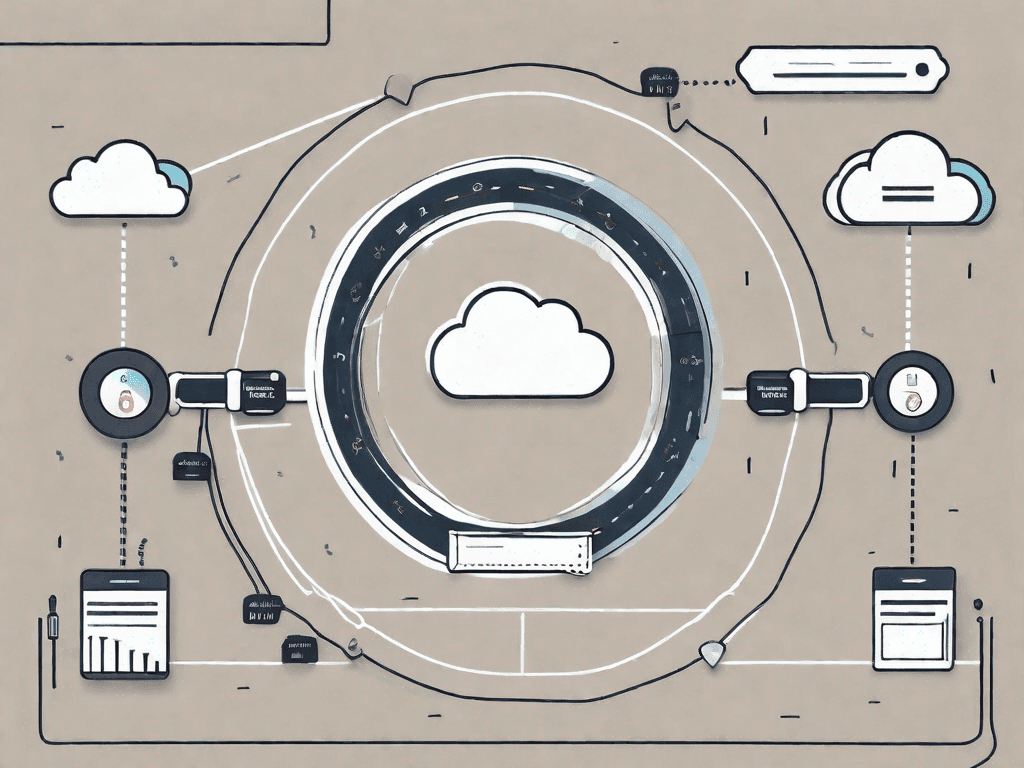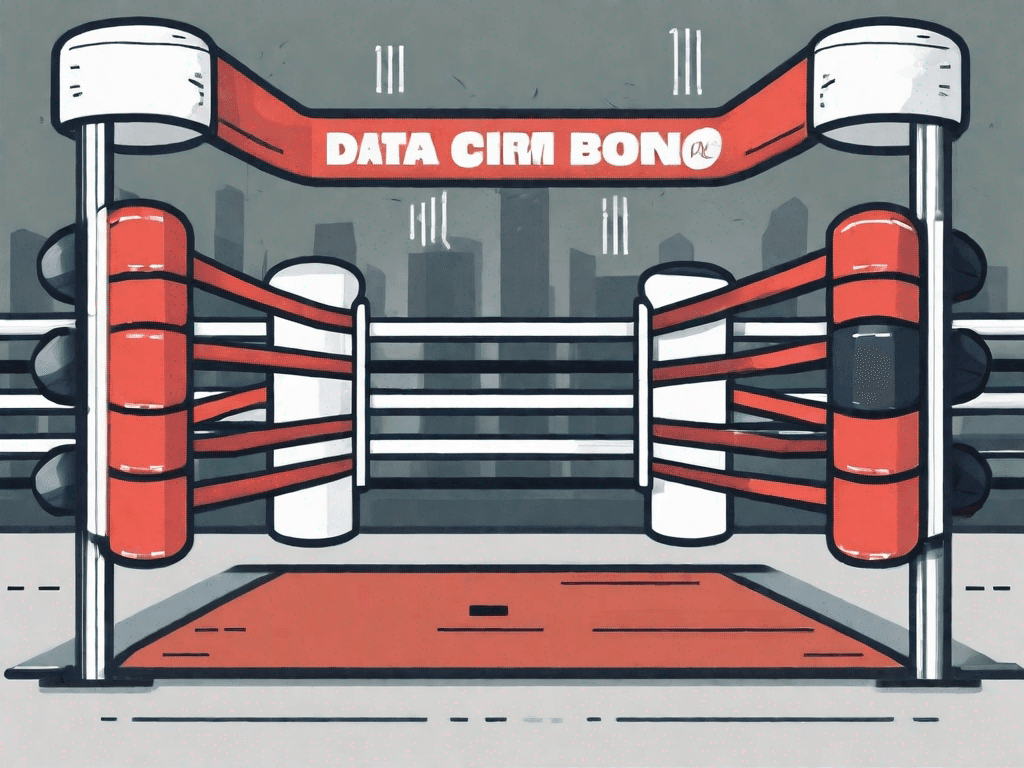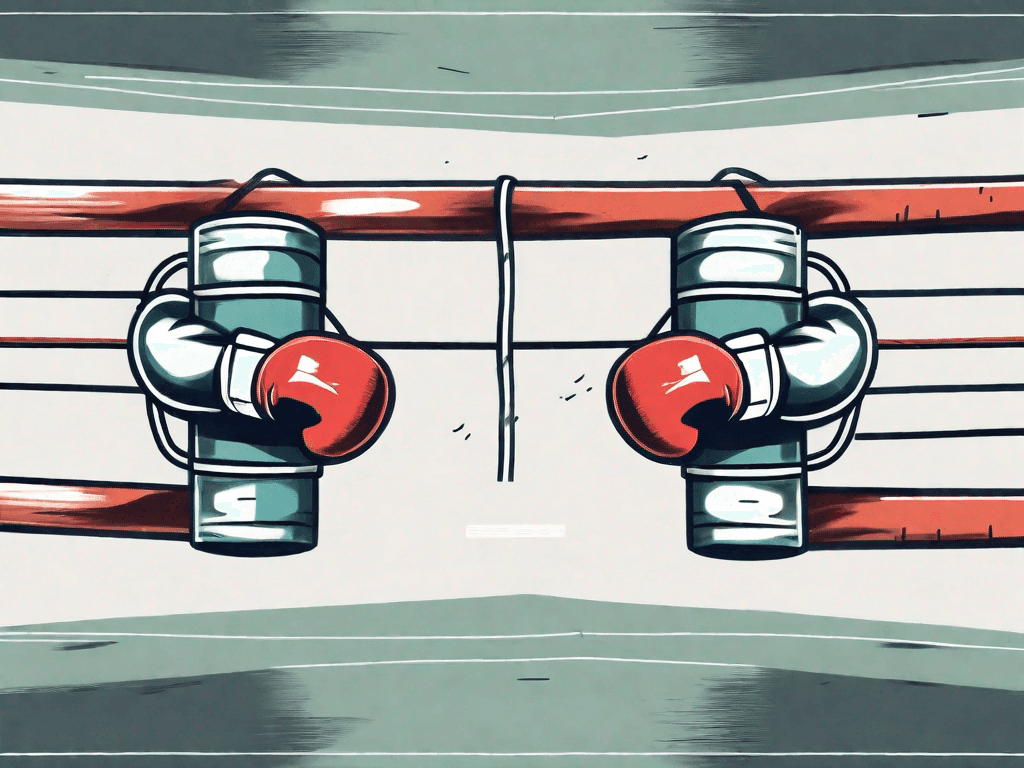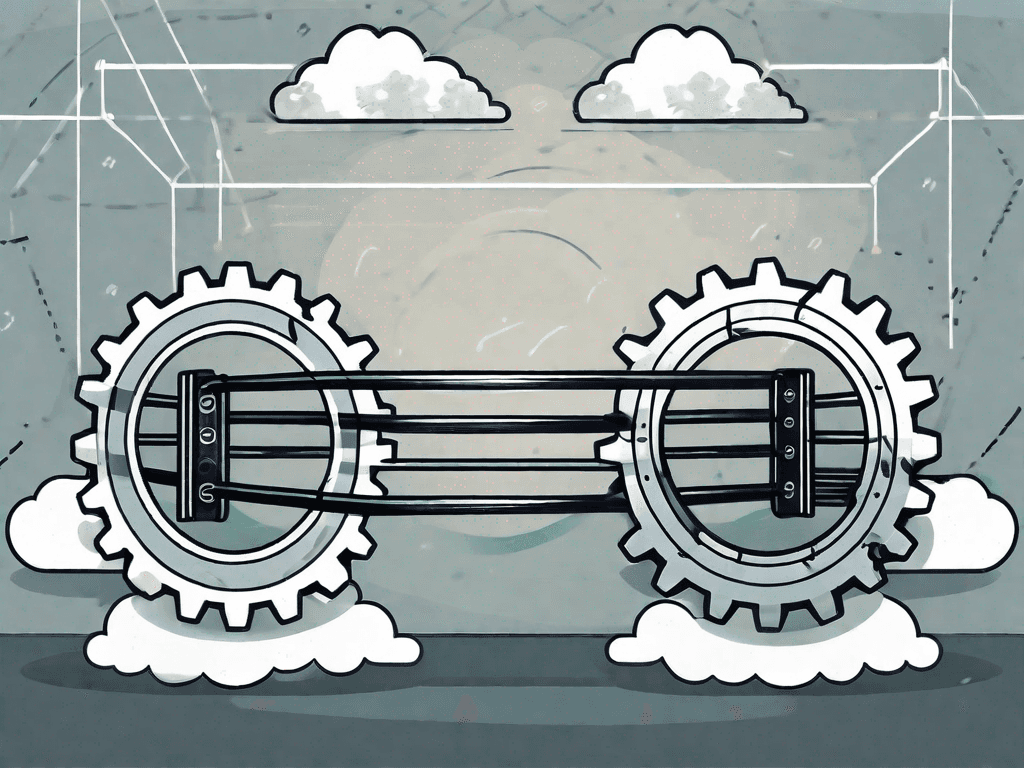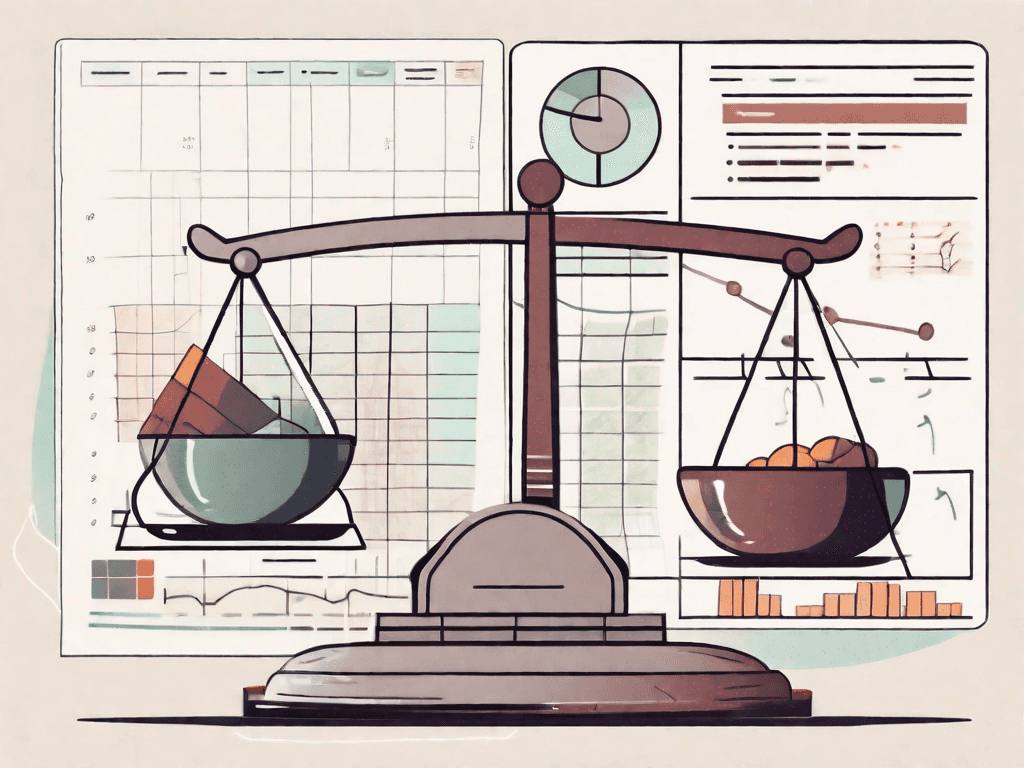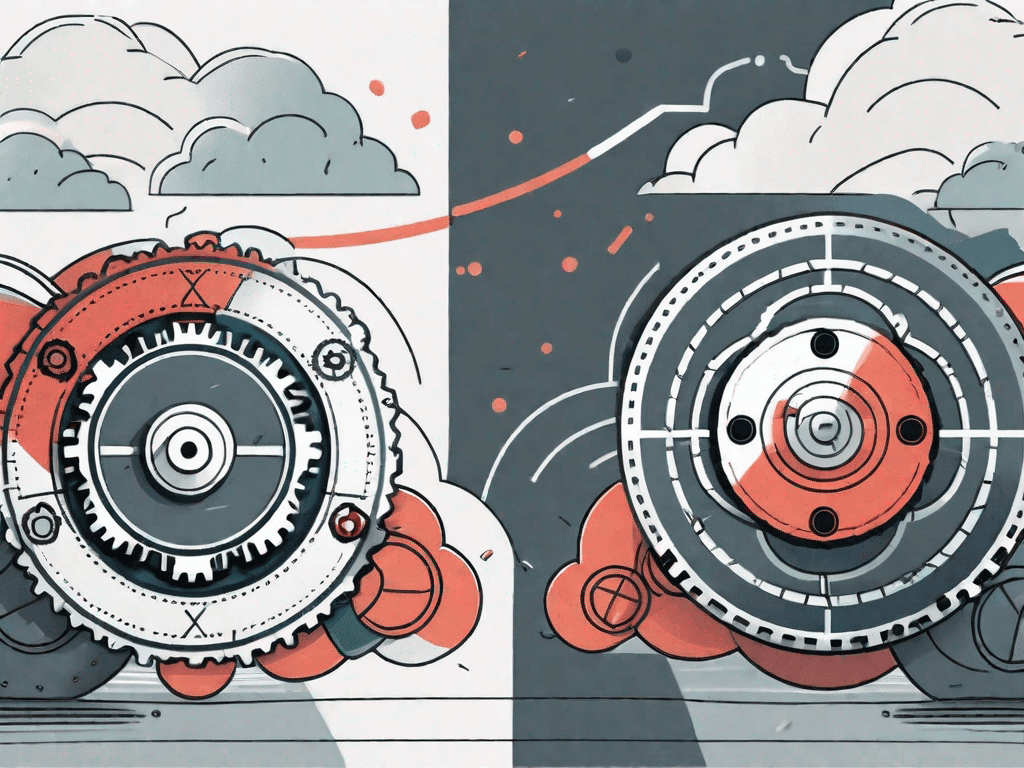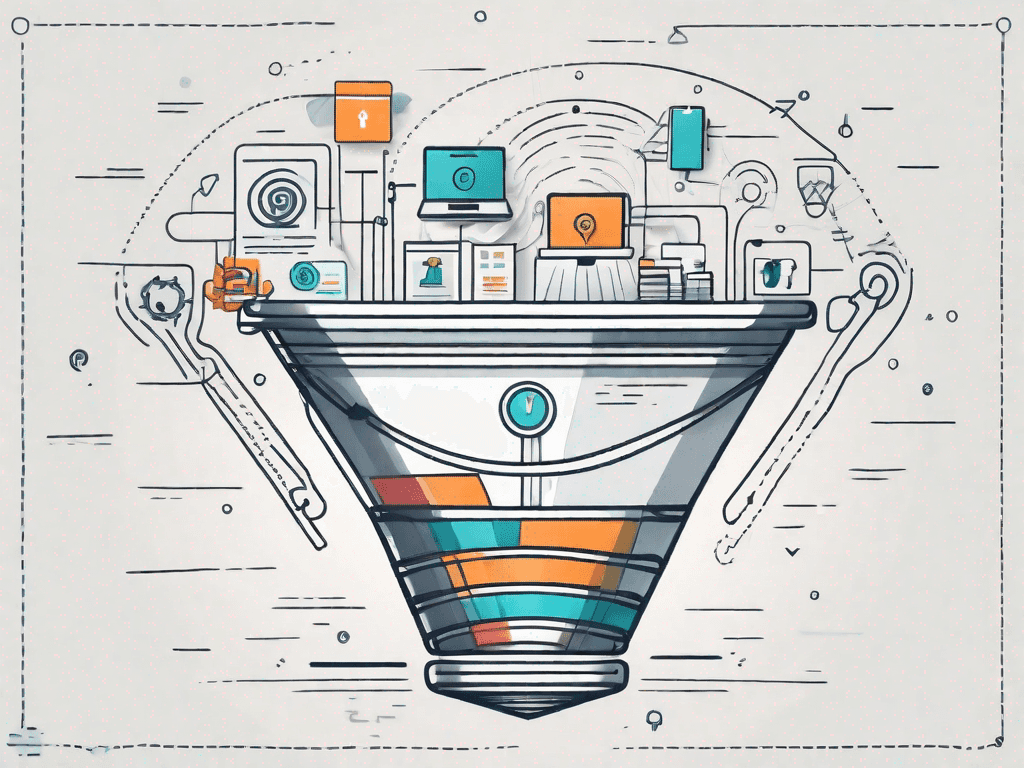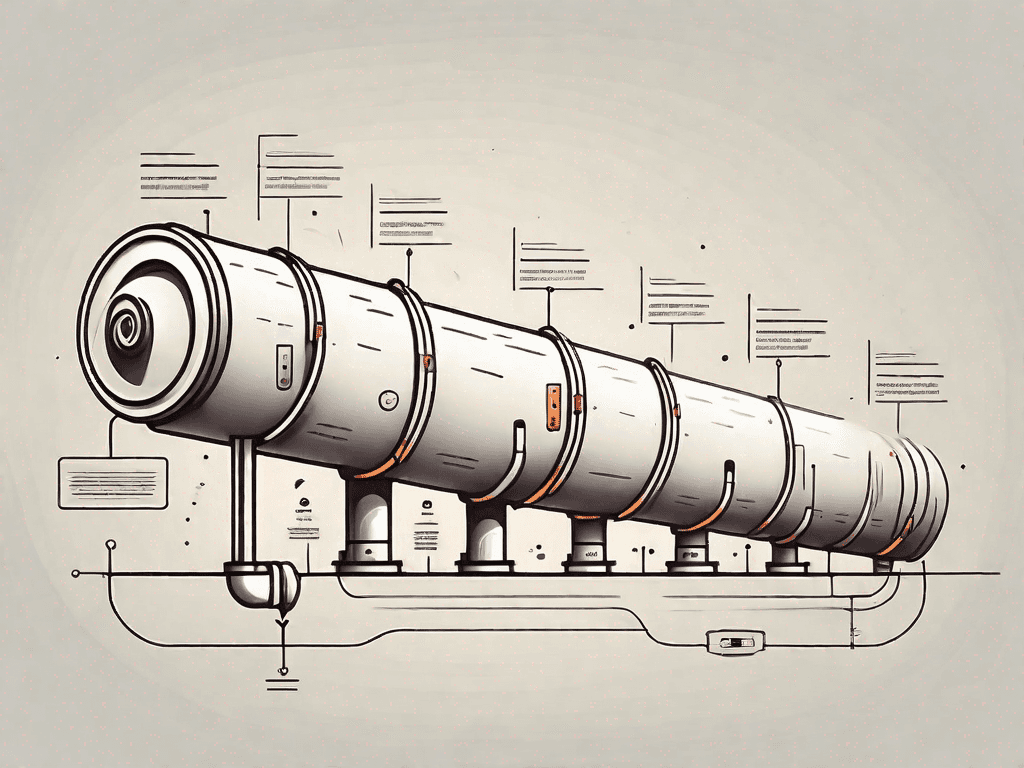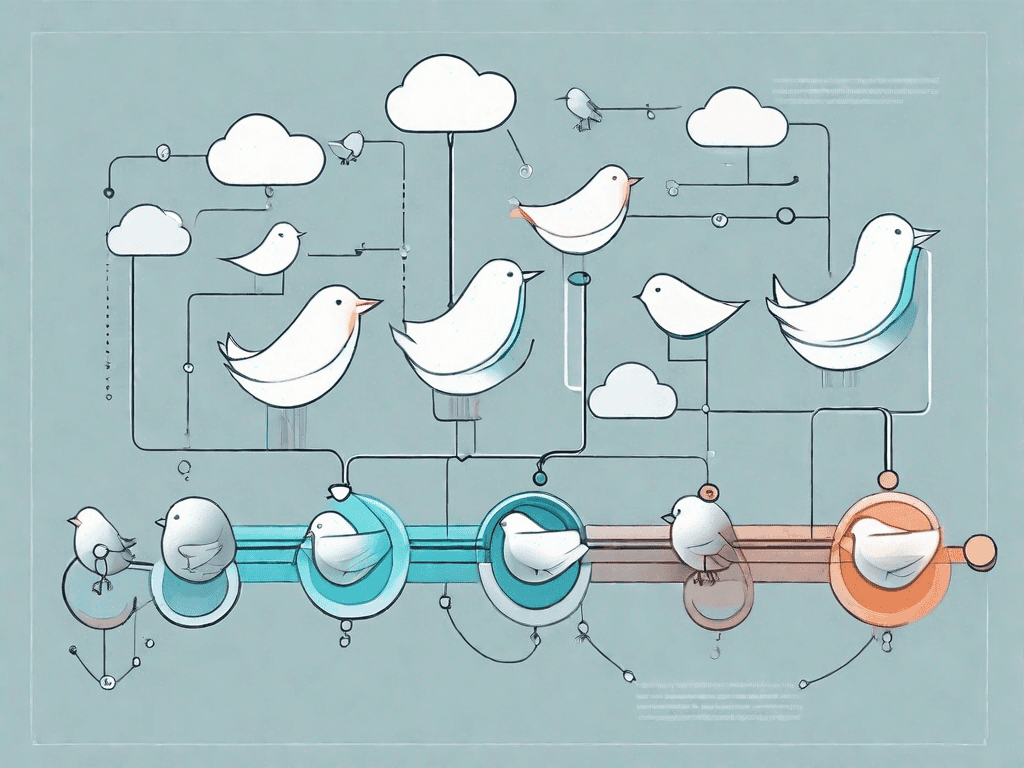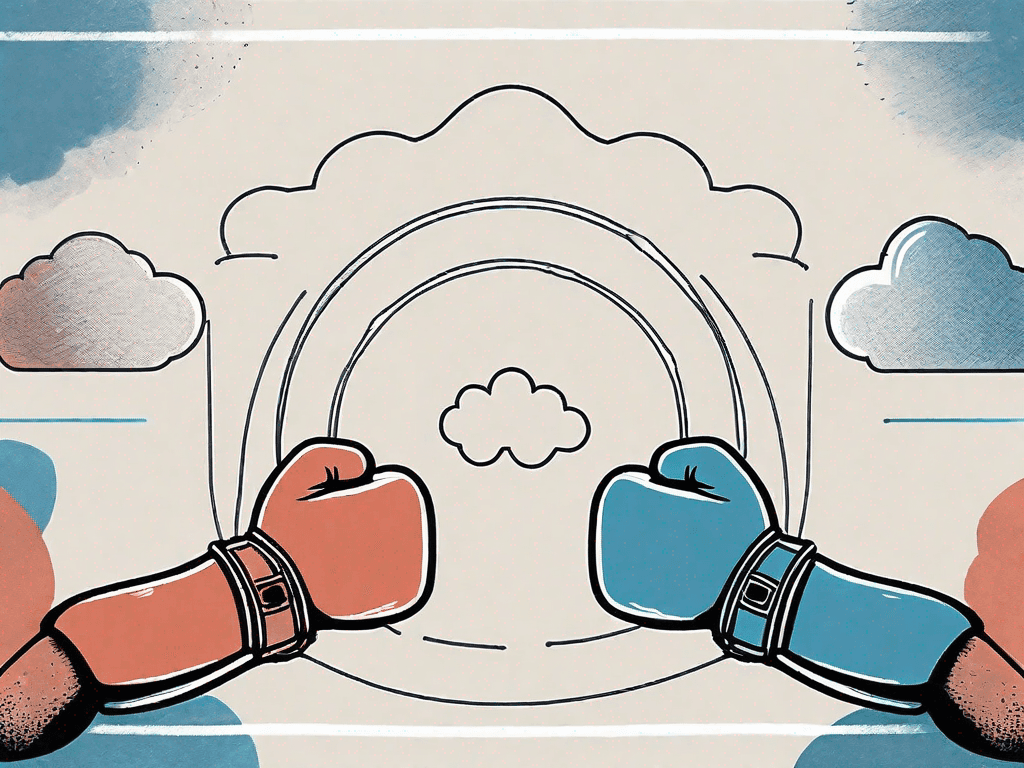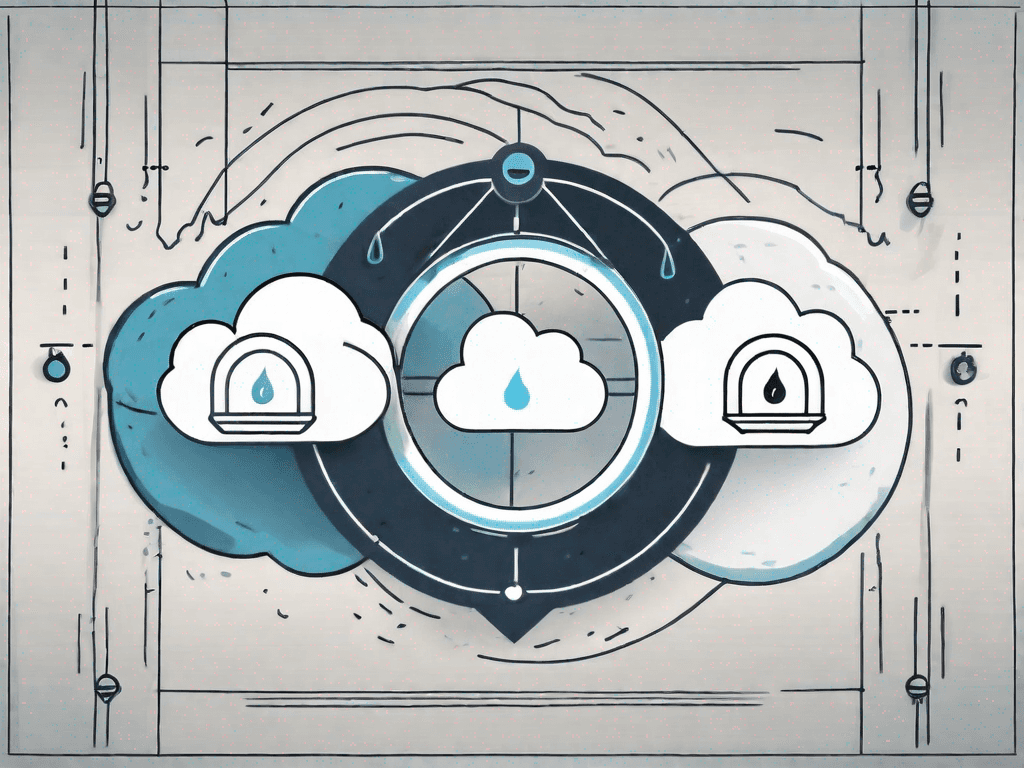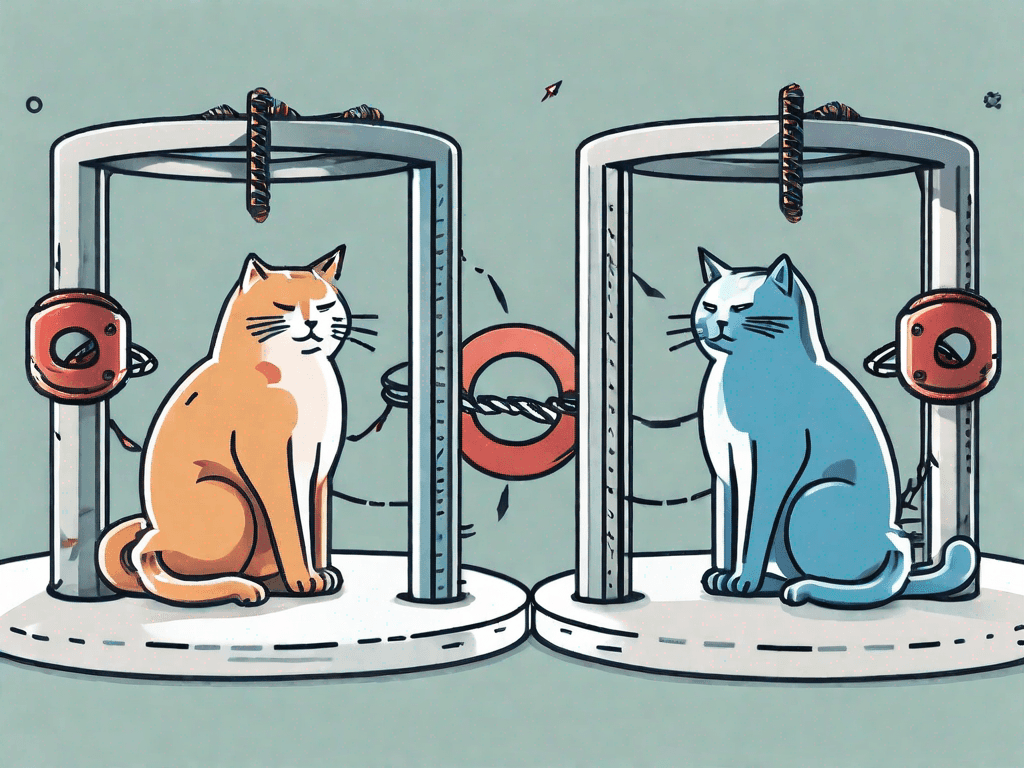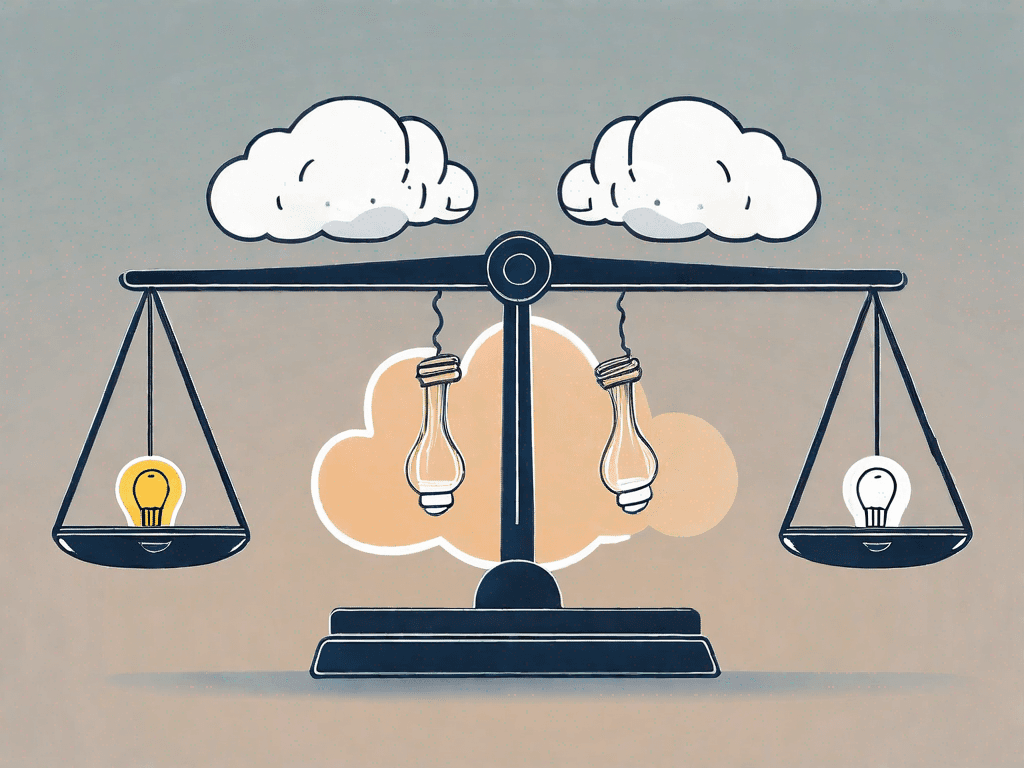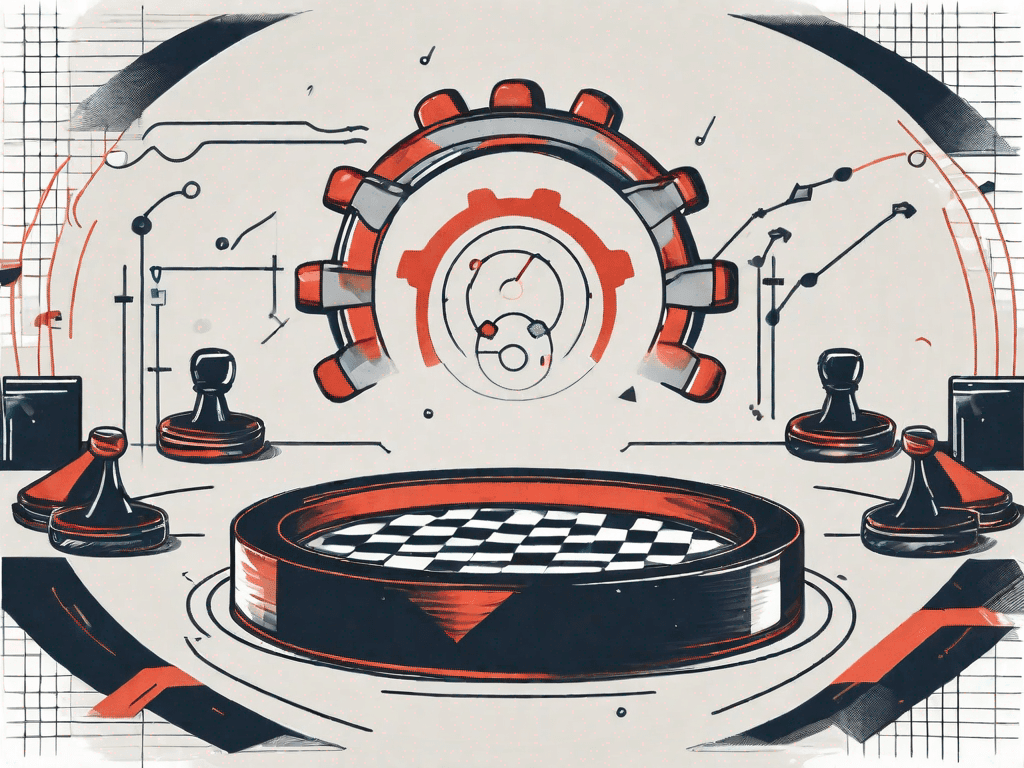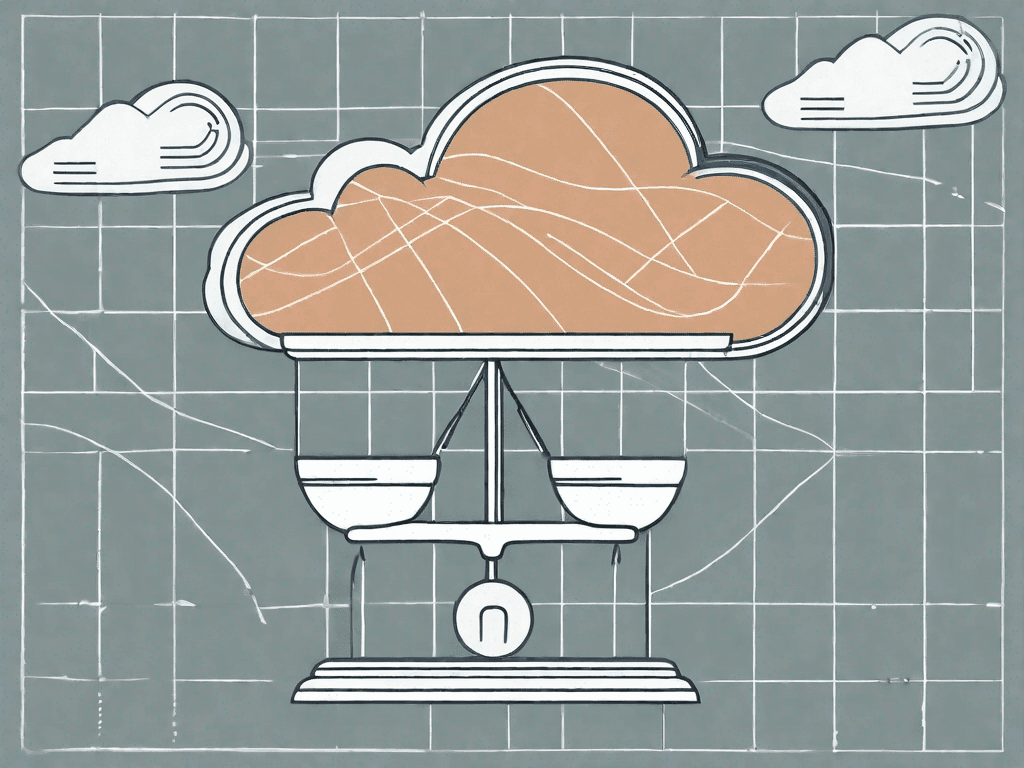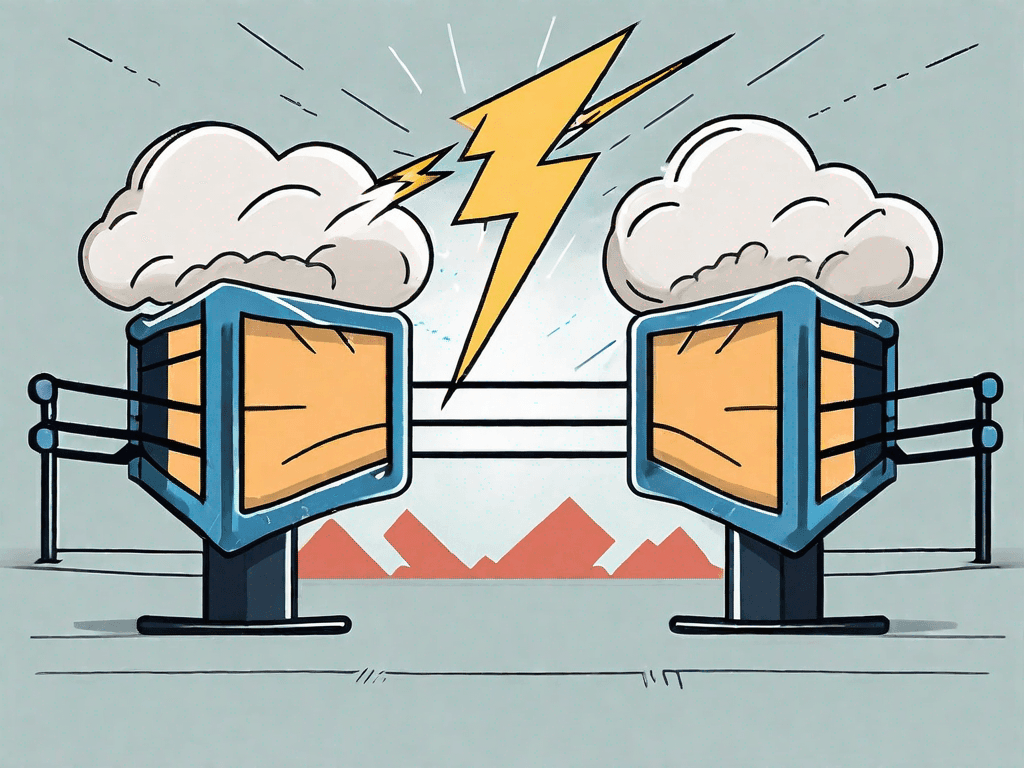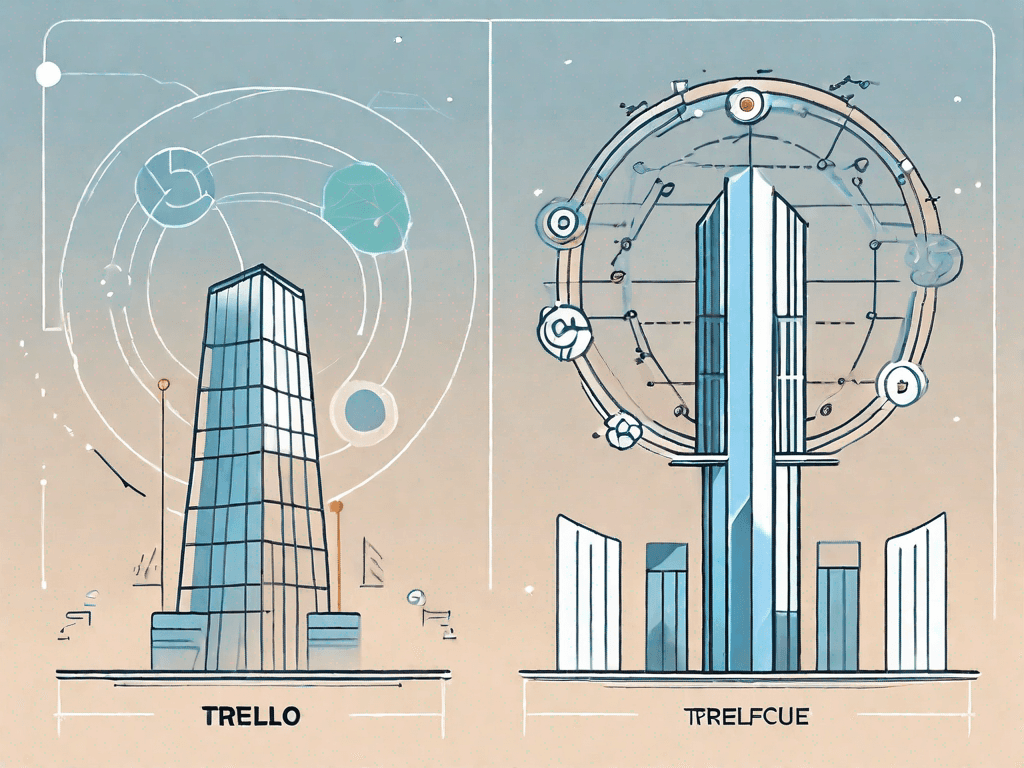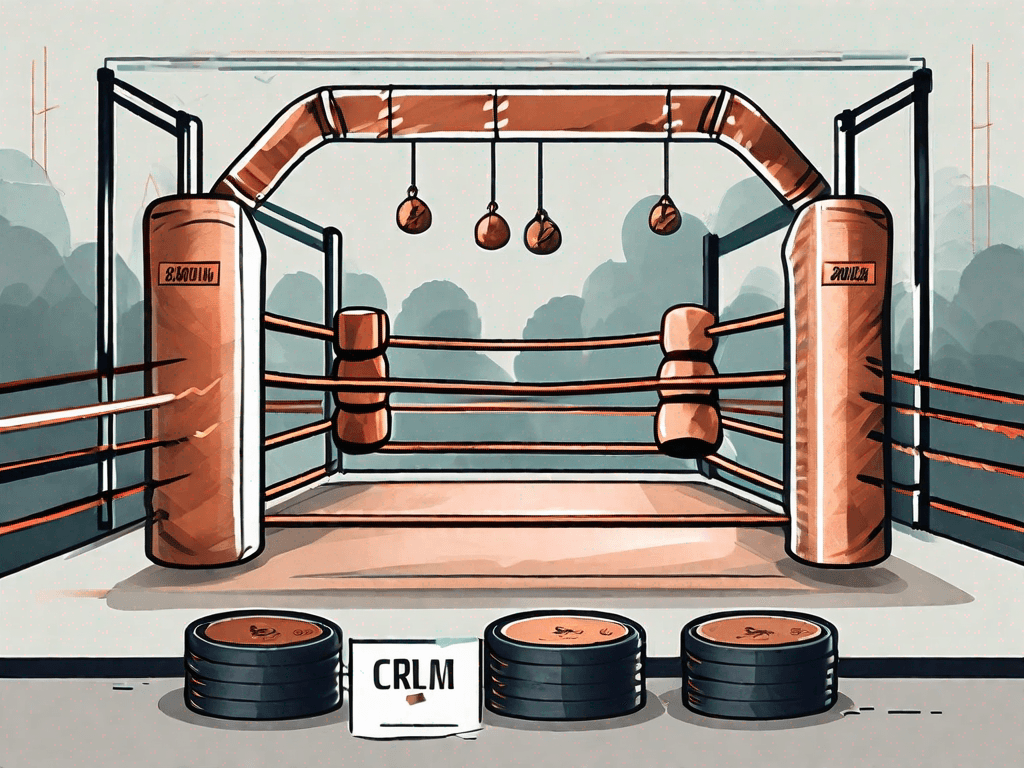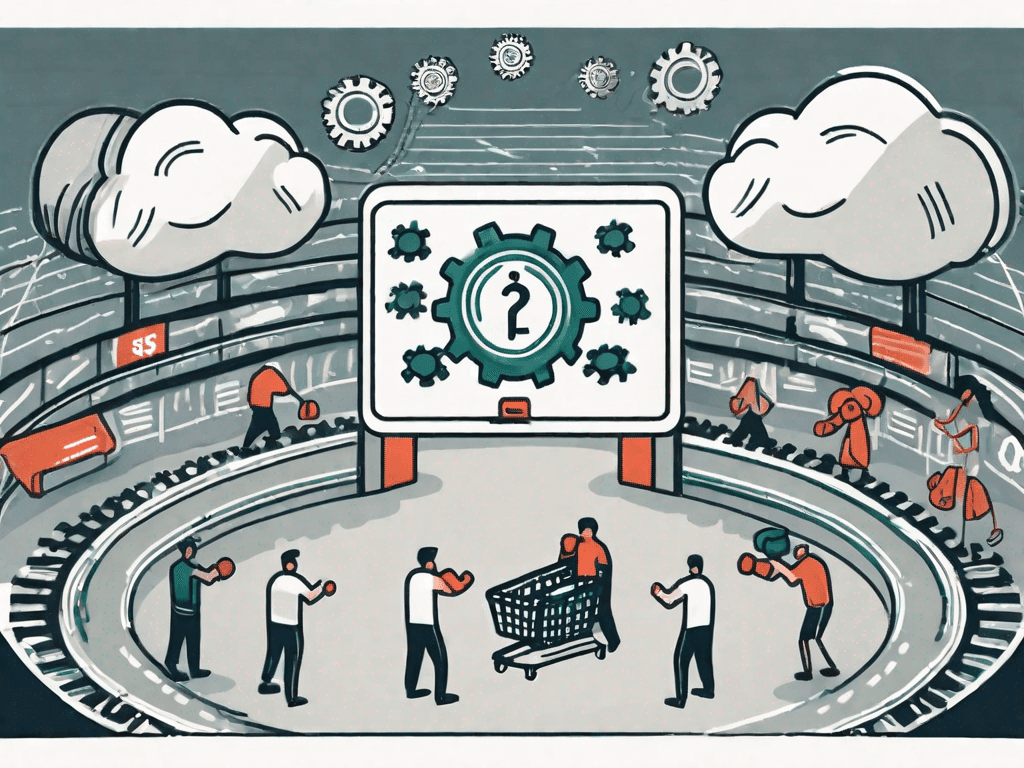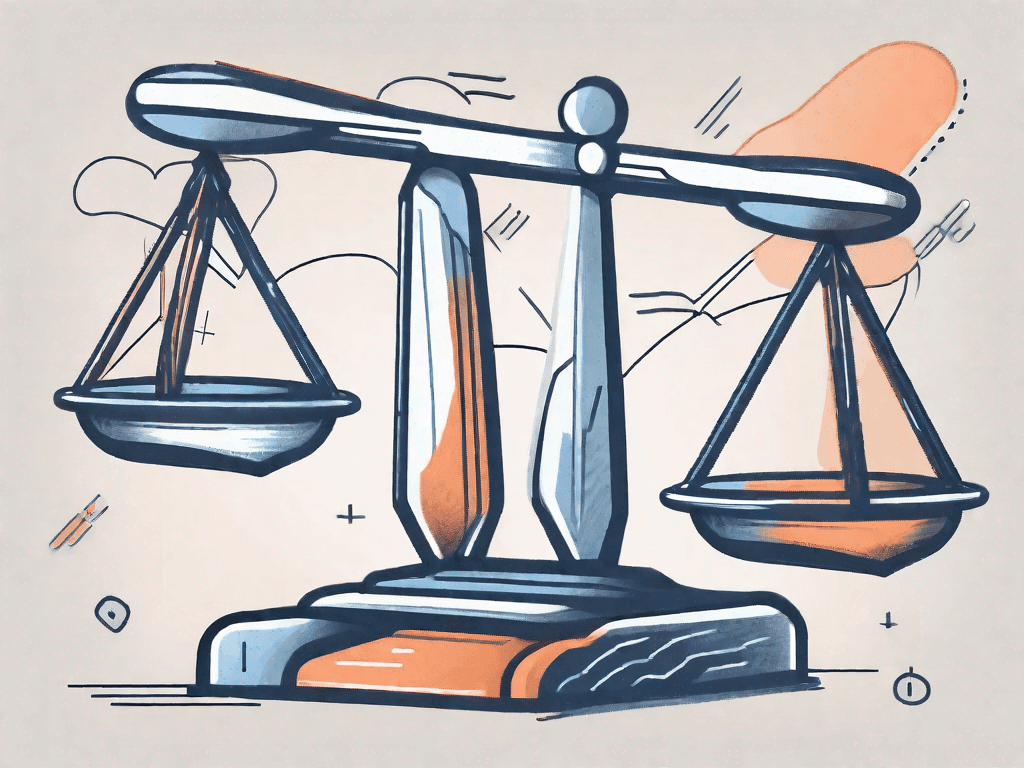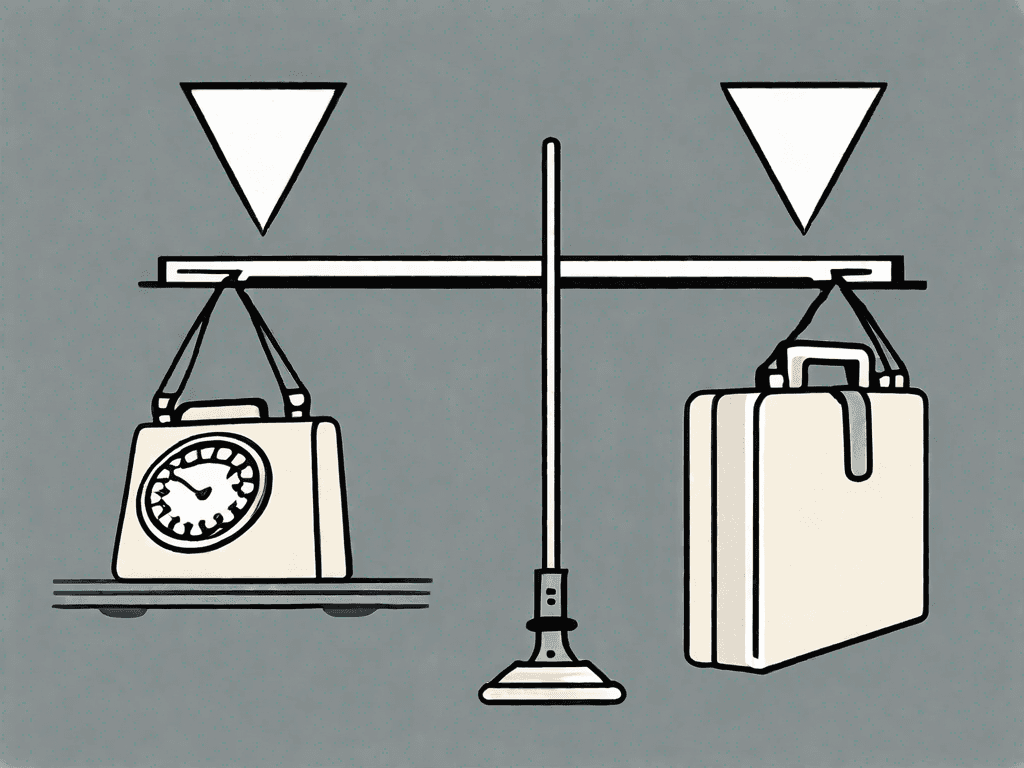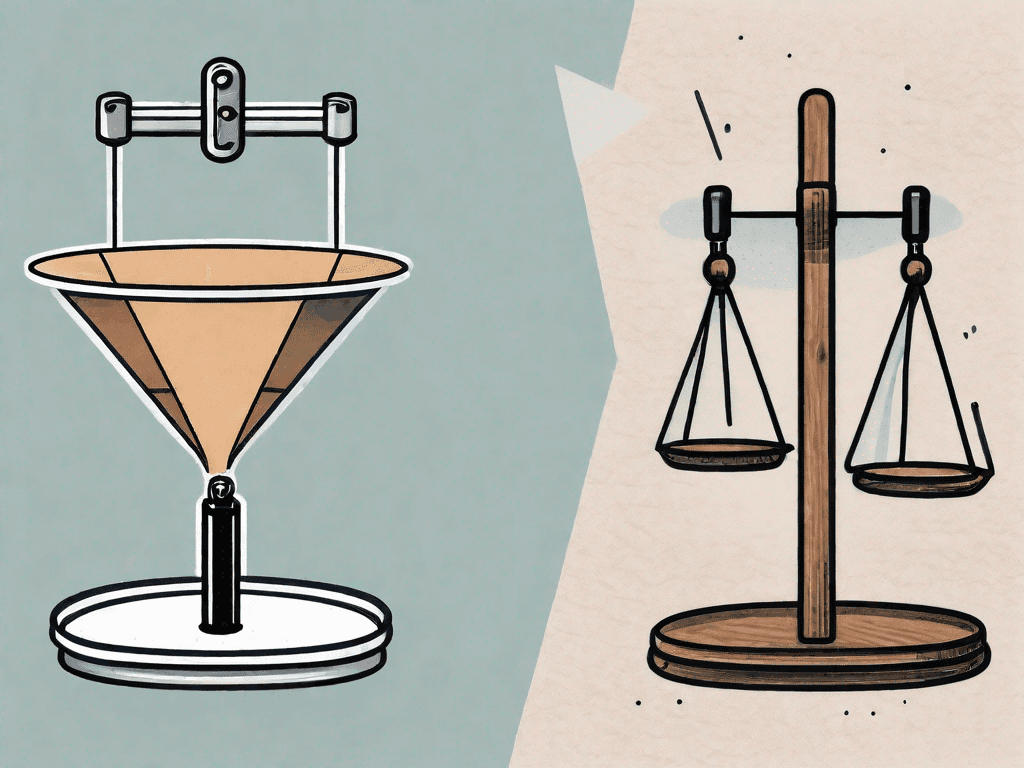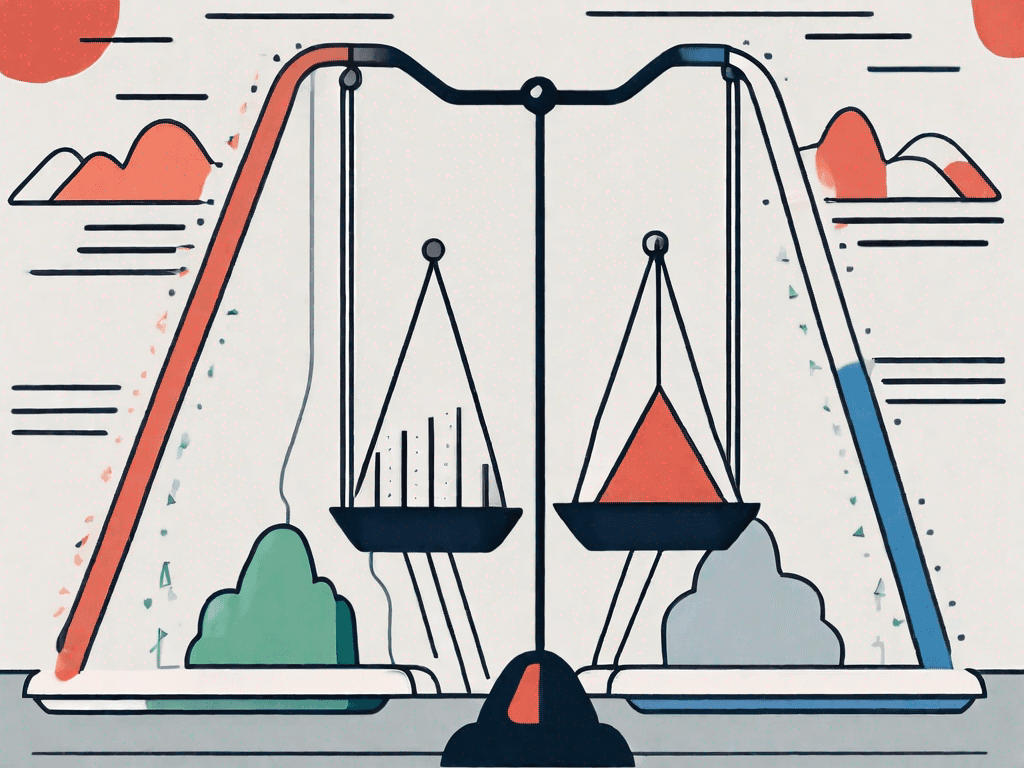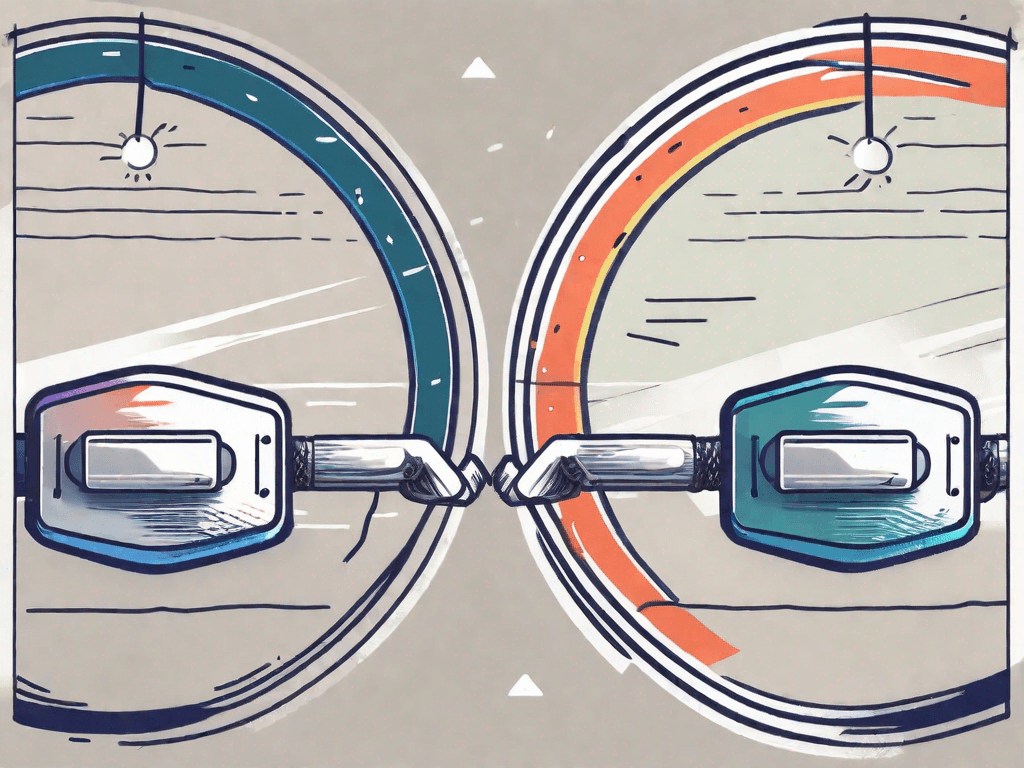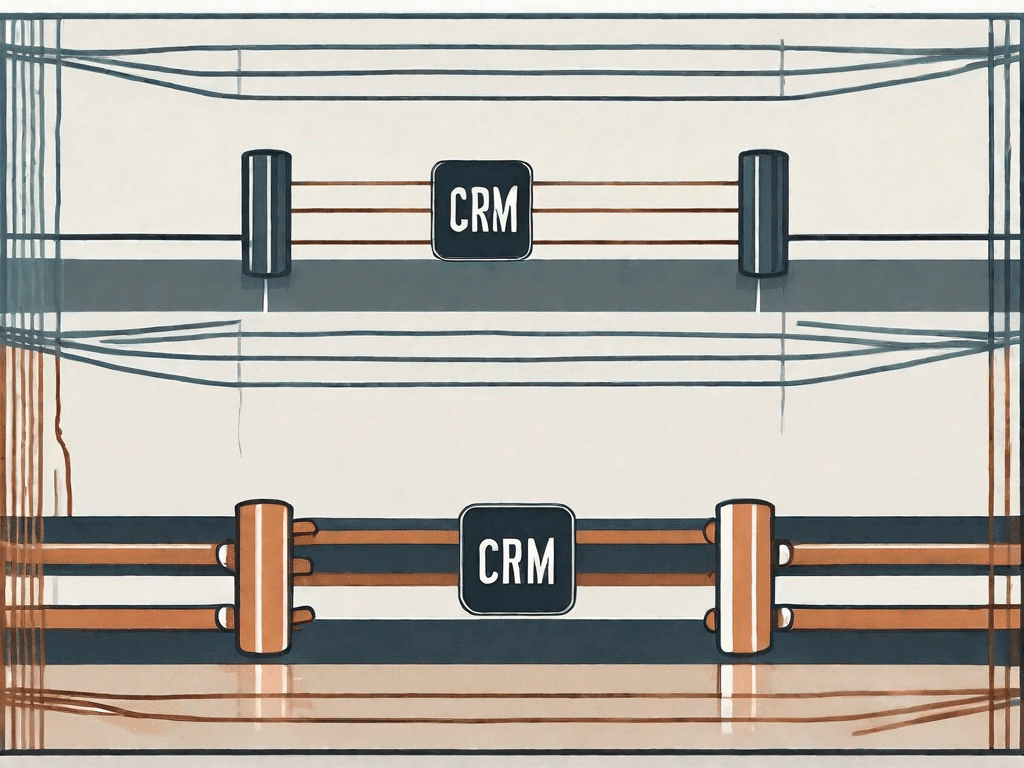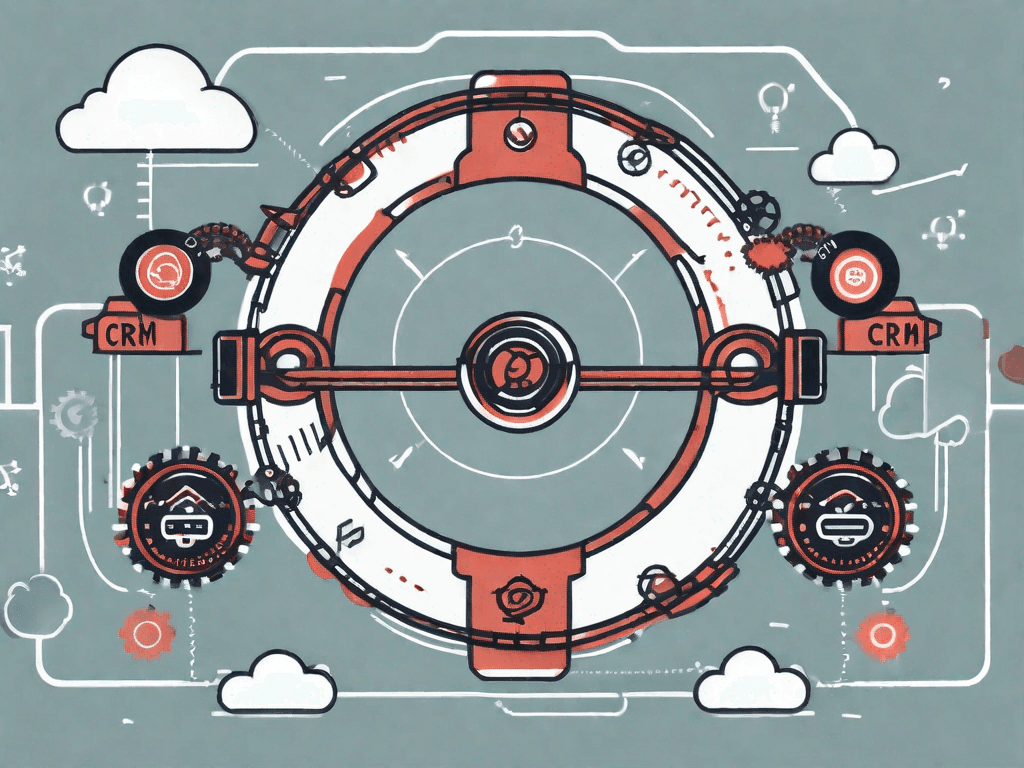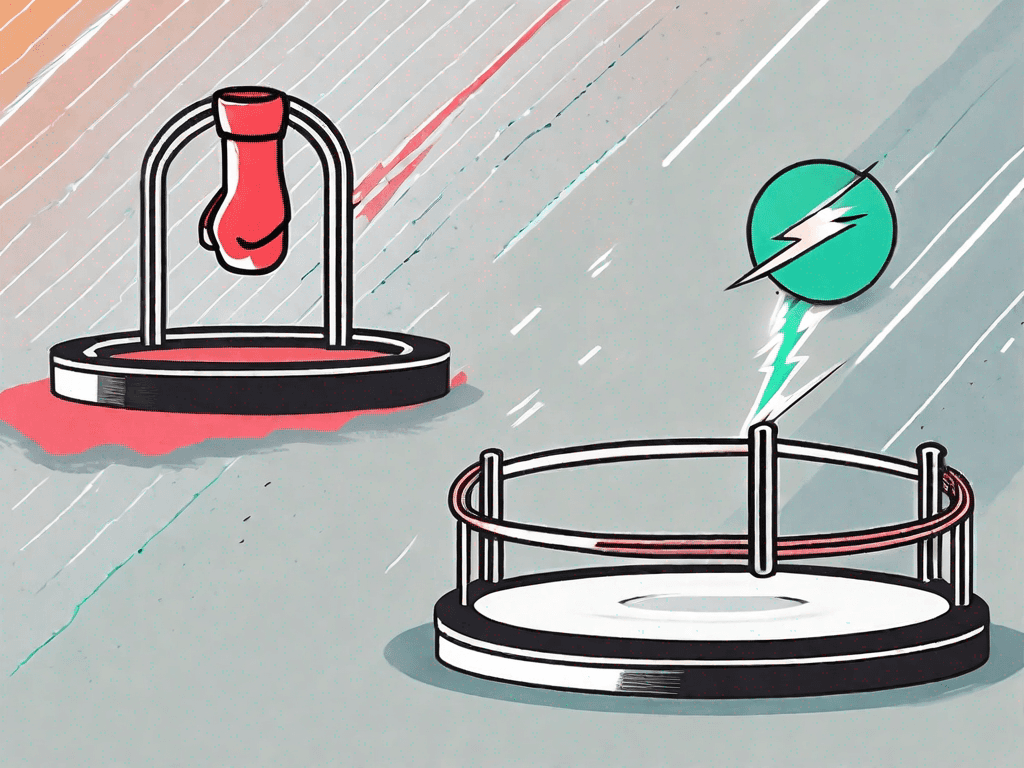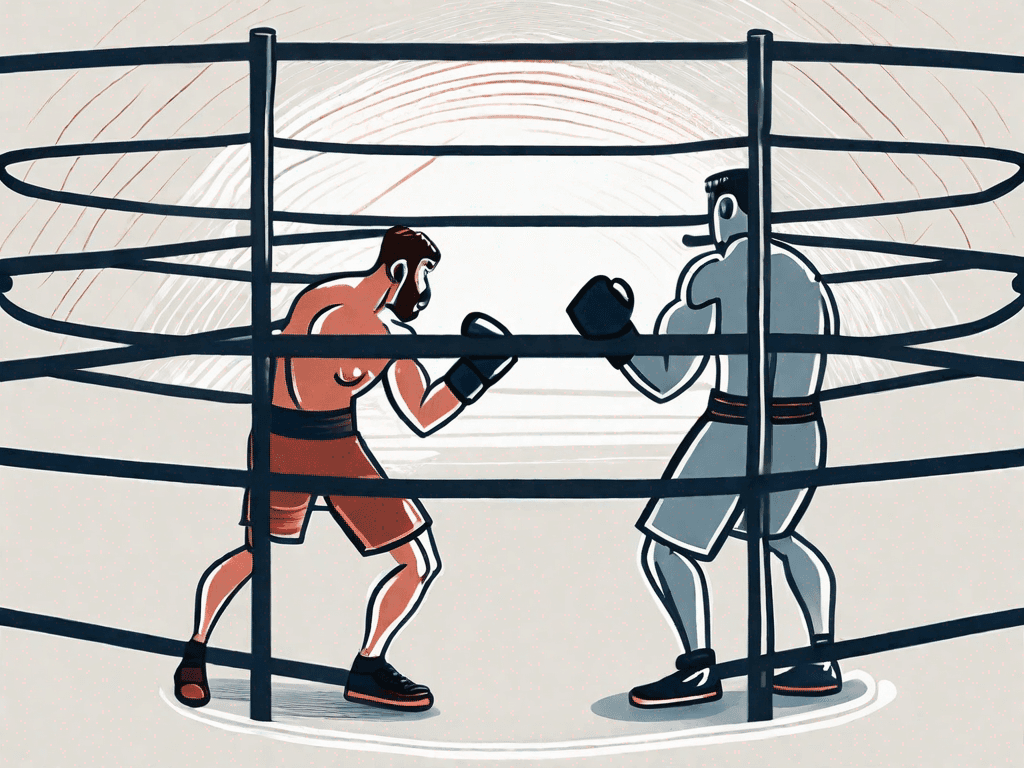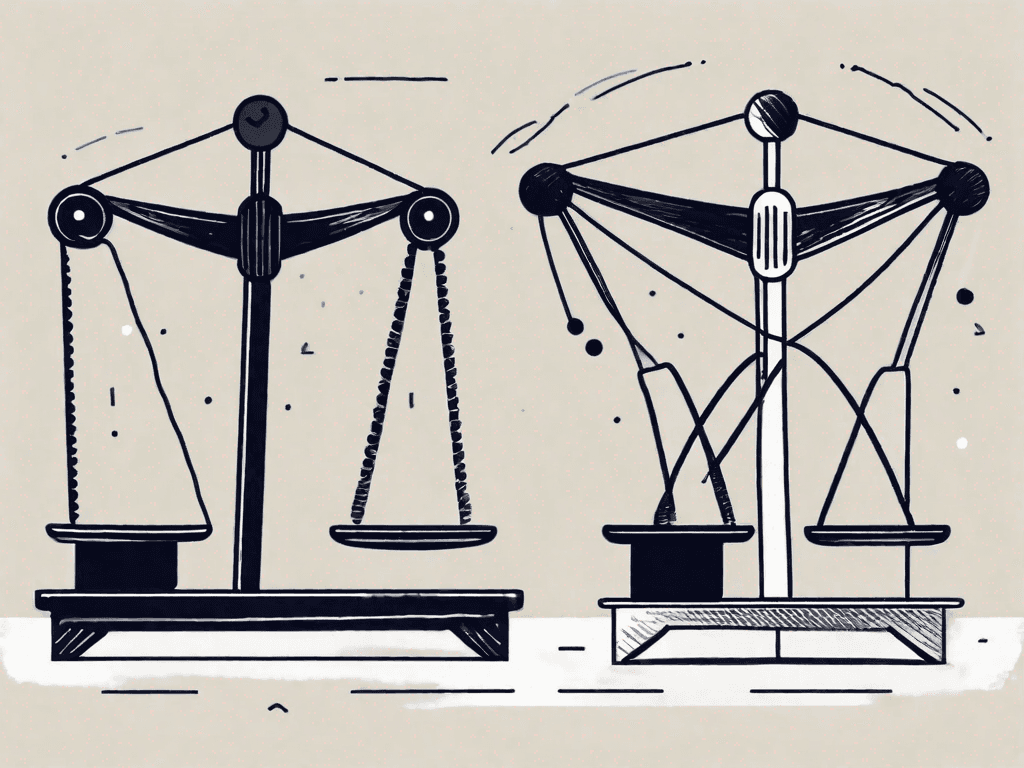
Woodpecker vs Mailshake: Which One Is The Best For B2B Sales?
In the ever-evolving landscape of B2B sales, choosing the right tool can make all the difference to the success of your outreach campaigns. Woodpecker and Mailshake are two popular options that offer robust features to help you streamline your sales process and engage with your prospects effectively. But which one is the best fit for your needs? In this article, we will compare Woodpecker and Mailshake across various aspects to help you make an informed decision.
Pros and Cons of Woodpecker and Mailshake
Pros of Woodpecker
Woodpecker is a powerful email automation tool that offers several benefits to B2B sales professionals:
Easy-to-use interface that allows you to create and manage personalized email campaigns.
Advanced personalization options, including dynamic fields and custom variables, to tailor your messages to individual prospects.
Seamless integration with popular CRM platforms, such as Salesforce and HubSpot, enabling smooth data synchronization.
Woodpecker's easy-to-use interface makes it a popular choice among B2B sales professionals. With its intuitive design, users can quickly create and manage personalized email campaigns without the need for extensive technical knowledge. The advanced personalization options offered by Woodpecker, such as dynamic fields and custom variables, allow sales professionals to craft highly targeted messages that resonate with their prospects. This level of personalization can significantly increase the chances of engagement and conversion.
In addition to its user-friendly interface and advanced personalization options, Woodpecker also stands out for its seamless integration with popular CRM platforms. This integration enables sales professionals to synchronize their data effortlessly, ensuring that they have access to up-to-date information about their prospects. By having a unified view of their sales pipeline, sales professionals can make more informed decisions and optimize their email campaigns for better results.
Cons of Woodpecker
While Woodpecker offers many advantages, it also has some limitations:
Limited reporting and analytics capabilities, making it challenging to track the performance of your email campaigns.
Relatively higher pricing compared to other email automation tools in the market.
Does not offer built-in phone and social media integration, which can be a drawback if you prefer a unified sales communication platform.
One area where Woodpecker falls short is its reporting and analytics capabilities. While it provides basic metrics, such as open rates and click-through rates, it lacks more advanced features that allow for in-depth analysis of campaign performance. This limitation can make it challenging for sales professionals to track the effectiveness of their email campaigns and make data-driven decisions to optimize their outreach efforts.
Another potential drawback of Woodpecker is its relatively higher pricing compared to other email automation tools in the market. While it offers a range of powerful features, the cost may be a barrier for some businesses, especially those with limited budgets. It is important to carefully consider the value that Woodpecker brings to your sales process and weigh it against the cost before making a decision.
Lastly, Woodpecker does not offer built-in phone and social media integration. While it excels in email automation, it may not be the ideal choice if you prefer a unified sales communication platform that integrates all channels, including phone and social media. This limitation may require sales professionals to use multiple tools to manage their outreach efforts, which can be less efficient and time-consuming.
Pros of Mailshake
Mailshake, on the other hand, brings its own set of strengths to the table:
User-friendly interface with a drag-and-drop email builder, empowering even non-technical users to create engaging email templates.
Robust analytics and reporting features that provide deep insights into the performance of your outreach campaigns.
Flexible pricing options, including a pay-as-you-go model, making it suitable for businesses of all sizes.
Mailshake stands out for its user-friendly interface, which includes a drag-and-drop email builder. This feature empowers even non-technical users to create engaging email templates without the need for coding or design skills. This ease of use makes Mailshake a popular choice for businesses that want to streamline their email outreach process and create visually appealing emails that capture the attention of their prospects.
In addition to its user-friendly interface, Mailshake offers robust analytics and reporting features. These features provide deep insights into the performance of outreach campaigns, allowing sales professionals to track key metrics, identify trends, and make data-driven decisions to optimize their email outreach efforts. With Mailshake's analytics and reporting capabilities, businesses can gain a comprehensive understanding of their email campaigns' effectiveness and continuously improve their outreach strategies.
Furthermore, Mailshake offers flexible pricing options, including a pay-as-you-go model. This pricing model makes it suitable for businesses of all sizes, as it allows them to scale their email outreach efforts based on their needs and budget. Whether you are a small startup or a large enterprise, Mailshake's flexible pricing options ensure that you can find a plan that aligns with your business requirements.
Cons of Mailshake
While Mailshake boasts several advantages, it also has a few drawbacks:
Integration options are limited compared to Woodpecker, with no direct integration with popular CRM systems.
Some users have reported occasional glitches and technical issues with the platform.
Although it offers a wide range of personalization options, it may not match the advanced customization features of Woodpecker.
One limitation of Mailshake is its limited integration options compared to Woodpecker. While it offers some integrations, it does not have direct integration with popular CRM systems like Salesforce and HubSpot. This limitation may require businesses to manually export and import data between Mailshake and their CRM systems, which can be time-consuming and prone to errors.
Additionally, some users have reported occasional glitches and technical issues with the Mailshake platform. While these issues may not be widespread, they can still be frustrating for users who rely on the tool for their email outreach efforts. It is important to consider these potential technical challenges and assess whether they would significantly impact your workflow and productivity.
Lastly, while Mailshake offers a wide range of personalization options, it may not match the advanced customization features of Woodpecker. If you require highly tailored and customized email campaigns, Woodpecker's advanced personalization options, such as dynamic fields and custom variables, may better suit your needs. However, for many businesses, Mailshake's personalization options are still sufficient to create effective and engaging email templates.
Key Differences between Woodpecker and Mailshake
When comparing Woodpecker and Mailshake, it is essential to consider their key differences:
Woodpecker offers more extensive CRM integrations and advanced personalization options, while Mailshake excels in analytics and reporting.
Woodpecker's pricing is comparatively higher, while Mailshake offers more flexible pricing plans.
Woodpecker provides a unified platform for email, phone, and social media outreach, whereas Mailshake focuses solely on email automation.
One significant difference between Woodpecker and Mailshake is their CRM integrations and personalization options. Woodpecker offers more extensive integrations with popular CRM systems, allowing for seamless data synchronization and a unified view of the sales pipeline. Additionally, Woodpecker's advanced personalization options provide sales professionals with greater flexibility in tailoring their messages to individual prospects.
On the other hand, Mailshake excels in analytics and reporting. Its robust features provide deep insights into the performance of outreach campaigns, enabling businesses to track key metrics and make data-driven decisions. This focus on analytics and reporting sets Mailshake apart from Woodpecker in terms of campaign optimization and performance tracking.
Another difference between the two tools is their pricing. Woodpecker's pricing is comparatively higher, which may be a consideration for businesses with limited budgets. In contrast, Mailshake offers more flexible pricing plans, including a pay-as-you-go model, making it accessible to businesses of all sizes.
Lastly, Woodpecker provides a unified platform for email, phone, and social media outreach, while Mailshake focuses solely on email automation. If you prefer a tool that integrates all communication channels, Woodpecker may be the better choice. However, if your primary focus is email outreach and you do not require phone and social media integration, Mailshake can meet your needs effectively.
How does Woodpecker pricing compare to Mailshake?
Woodpecker Pricing
Woodpecker offers three pricing plans:
Starter Plan: $40/month per user.
Pro Plan: $50/month per user.
Enterprise Plan: Custom pricing, tailored to your specific requirements.
Mailshake Pricing
Mailshake provides flexible pricing options to suit different business needs:
Personal Plan: $59/month per user.
Team Plan: $99/month per user.
Enterprise Plan: Contact sales for custom pricing.
Pricing comparison
When it comes to pricing, Mailshake offers more affordable options for individuals and small teams. Woodpecker, on the other hand, is a better choice for larger teams and organizations that require advanced features and custom solutions.
How do Woodpecker integrations compare to Mailshake?
Woodpecker integrations
Woodpecker seamlessly integrates with various CRM systems, including Salesforce, HubSpot, and Pipedrive. It also offers integrations with Zapier, allowing you to connect with numerous other tools and applications.
Mailshake Integrations
While Mailshake does not offer direct integrations with popular CRM platforms, it integrates with Zapier, enabling you to connect with several other apps and services.
Which one is the Best for You?
The Best for Salespeople
If you are primarily focused on email outreach and value advanced customization options, Woodpecker is the better choice. Its extensive CRM integrations and robust personalization features can significantly enhance your sales efforts.
The Best for Consultants
For consultants who need detailed analytics to assess the effectiveness of their campaigns, Mailshake's comprehensive reporting capabilities make it a strong contender. The pay-as-you-go pricing model also offers flexibility, ensuring that you only pay for what you use.
The Best for Digital Marketing Agencies
Digital marketing agencies that require a unified platform to manage email, phone, and social media outreach will find Woodpecker to be a suitable solution. Its wide range of CRM integrations and advanced personalization options can streamline workflows and drive efficiency.
In conclusion, choosing between Woodpecker and Mailshake depends on your specific needs and priorities. While Woodpecker offers advanced features and extensive integrations, Mailshake excels in analytics and flexible pricing options. Consider your sales goals, budget, and desired functionality to make an informed decision that aligns with your B2B sales strategy.



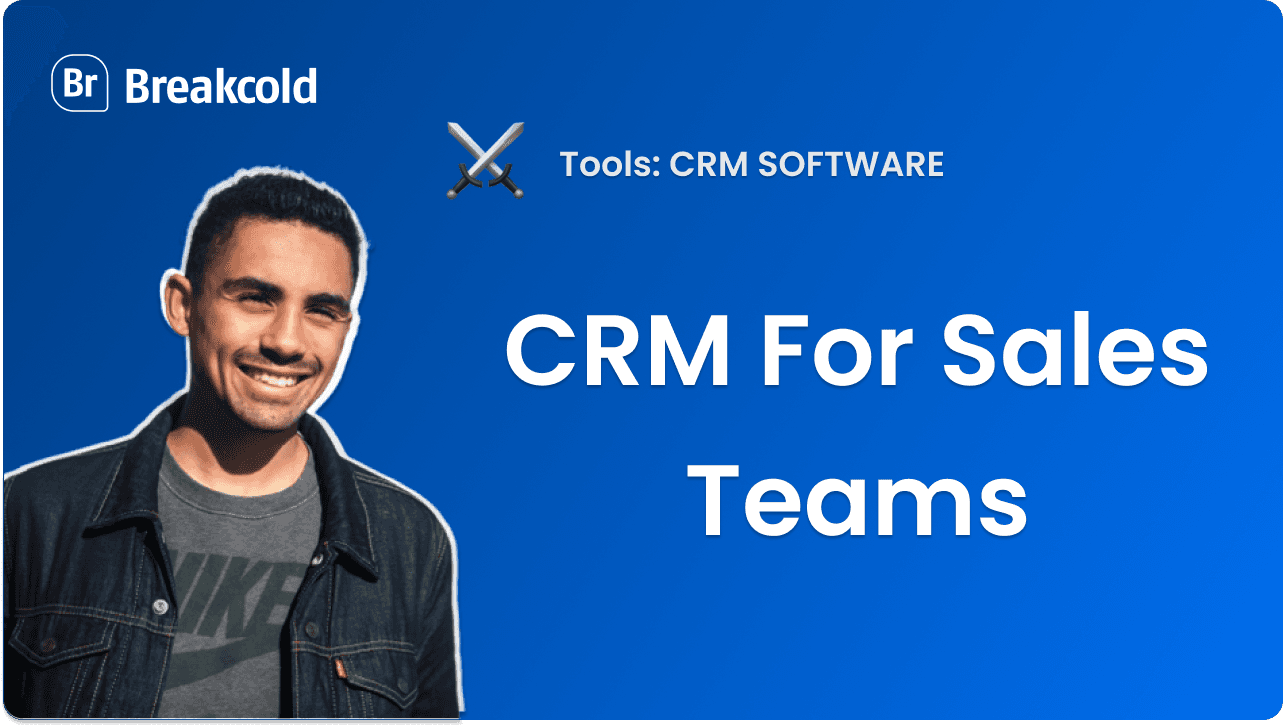




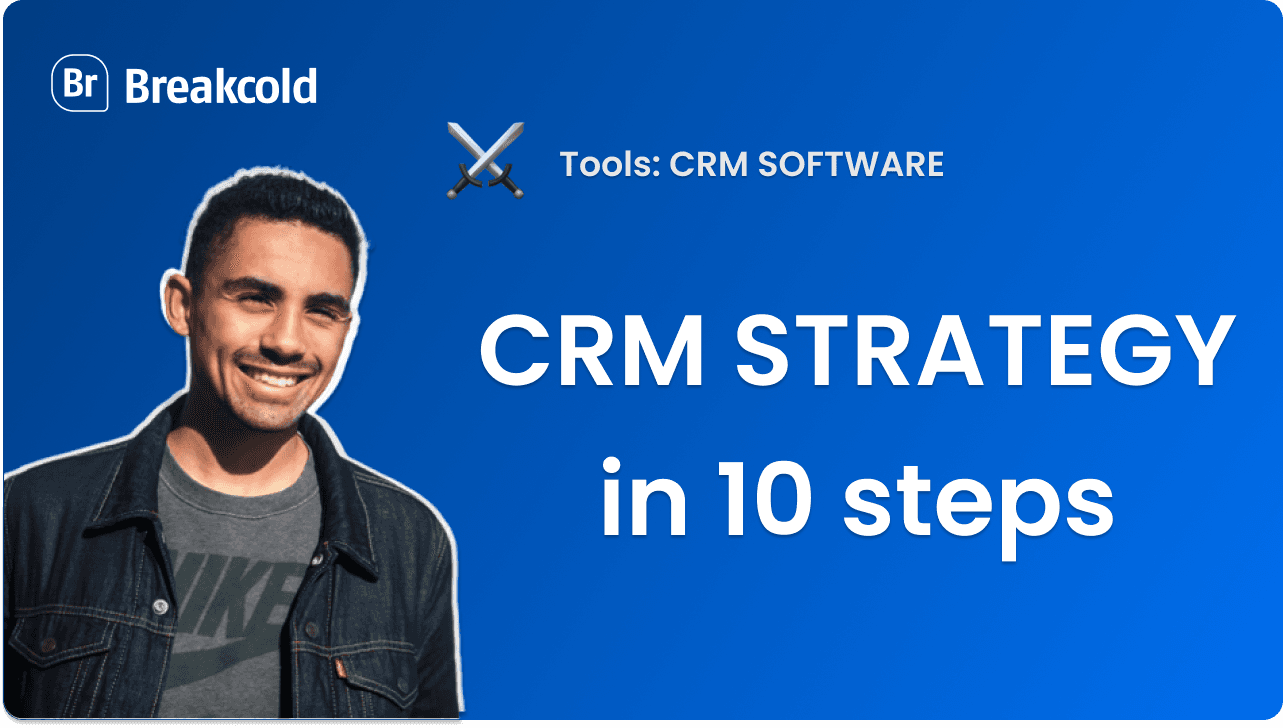


![The 8 Best Social CRM Software in 2025 [Comparison]](https://framerusercontent.com/images/RYHyYapdgIi83BEWtMdX418.png)
![The 6 Best LinkedIn CRM in 2025 [Comparison]](https://framerusercontent.com/images/Luywfni7ZKjb19yghbhNPy4I4qQ.png)



![The 5 Best Twitter CRM [Comparison]](https://framerusercontent.com/images/EWcbvYnVZglJLO8jp3OlHkTvsHo.png)




